-
![img]()
How to Care for Eczema-Prone Skin in Children
Zakwan Shah
November 25, 2024
5 min
Childhood eczema can be debilitating, uncomfortable, and sometimes even downright painful, for both parent and child.
The condition causes itchy, leathery skin that can lead to many sleepless nights aside from being quite unsightly.
Eczema-prone skin, aside from being dry and itchy, can also be susceptible to infections.
Thankfully, modern medicine has offered us many ways to treat the condition.
But before we get to the actual advice, here’s what you should know about eczema.What Is Eczema?
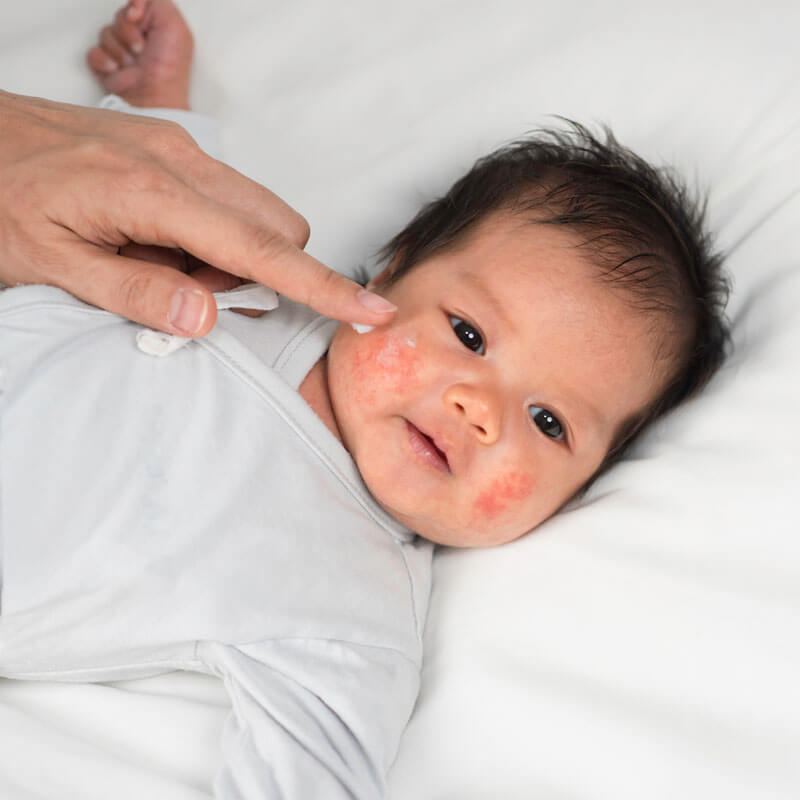
Also known as atopic dermatitis, eczema is an inflammatory skin condition marked by itching and redness of the skin.
It is often caused by a combination of genetic and environmental factors.
Childhood eczema typically presents itself within the first year of a child’s life, and the symptoms often appear immediately when triggered.
There is no known cure for childhood eczema, although many eventually grow out of it as they age.
Many things can trigger an eczema flare-up.
Some common ones include detergents, soaps, certain types of fabric like wool, stress, sweating, hot weather, allergens like pollen and dust, and certain foods like dairy, soy and gluten.
Eczema may at times be confused with psoriasis due to the rashes they leave behind, but they are technically different conditions.
Psoriasis causes burning and stinging aside from itching, whereas eczema only causes itching.
Fortunately, there are ways to manage this condition to ensure a happy and comfortable life for your child.How to Care for Your Child's Eczema-Prone Skin
Follow the Doctor’s Orders

If you’ve already had your child diagnosed by a medical professional, chances are you already have a list of instructions on how to manage their condition.
This itinerary will most likely include oral and topical drugs (usually corticosteroids, antihistamines, and immunosuppressants), triggers to avoid, and lifestyle changes.
Follow them as directed and you should be golden.
The rest of these tips are simply home remedies that you can resort to to help alleviate symptoms.Hydrate

A warm soak in the bathtub can greatly alleviate itching caused by eczema.
If you want, you can also add a quarter cup of baking soda into the water, which will help with the itching even more.
Then, it’s all a matter of letting them soak in the liquid for 10 to 15 minutes.
Alternatively, you can also use powdered or colloidal oatmeal, or oat milk.
Oat has anti-inflammatory properties similar to baking soda, and will help relieve some of the itching.
Ideally, your child should be taking 3 to 4 short lukewarm soaks throughout the day to keep their skin hydrated. But no more than 10 minutes.Moisturise
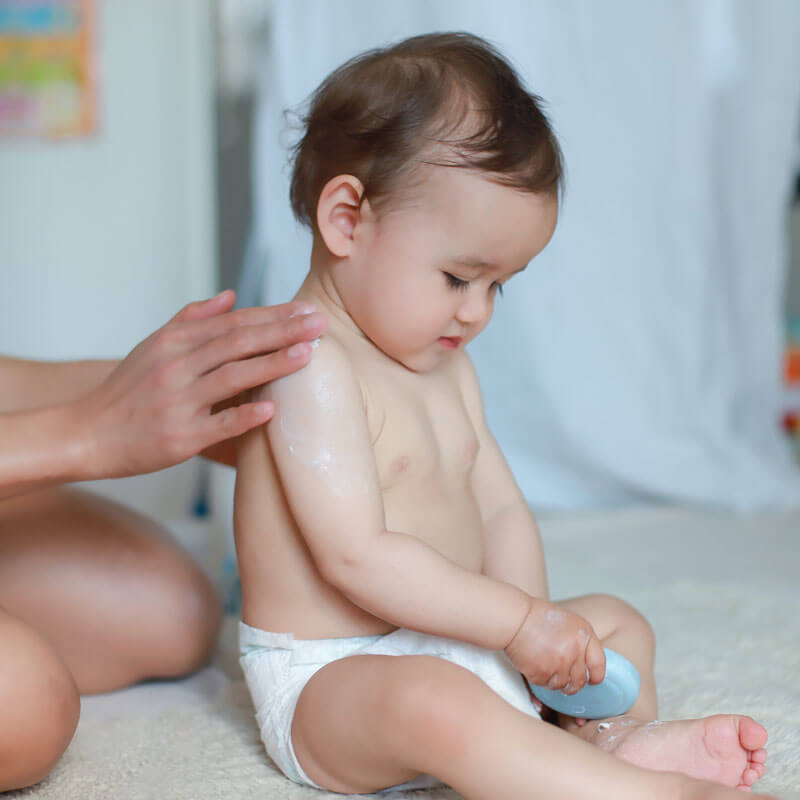
After your child has finished soaking, dry them off with a towel and immediately moisturise them afterwards with a hypoallergenic cream or gel.
Don’t wait for your child to completely dry off; their skin needs to still be damp when you apply the moisturiser.
If you want to go 'all-natural', coconut oil is also a great substitute.
Anti-inflammatory and antibacterial, coconut oil will not only moisturiser but heal and protect from infections.
Moreover, it is free from any chemical additives, preservatives and binders, making it 100% hypoallergenic.Humidify
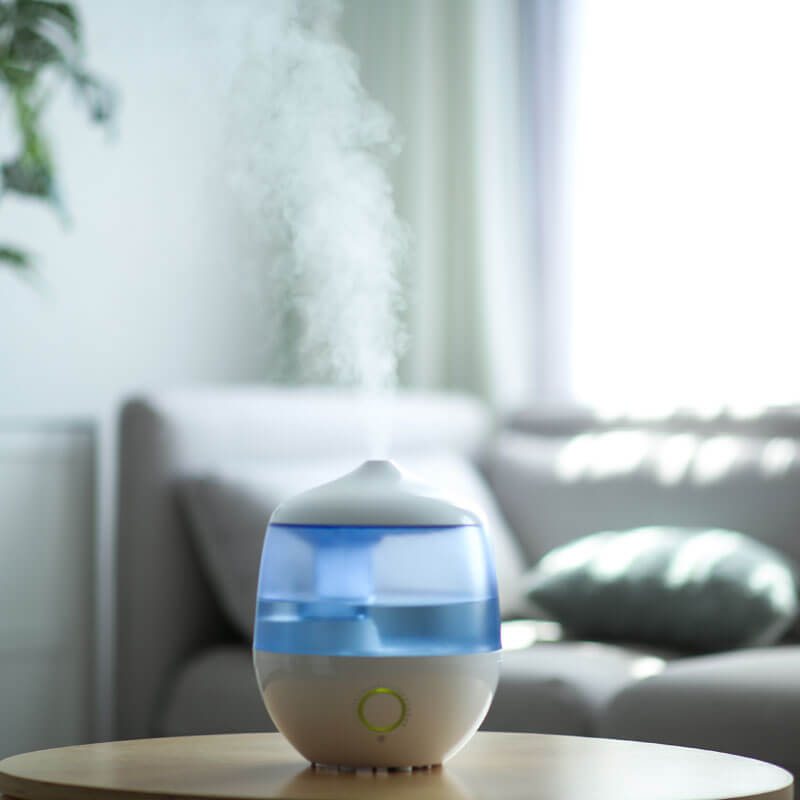
If you have air-conditioning in the house, then chances are you’re making your child’s eczema worse.
But then again, if your house is too hot, it may cause sweating which is equally bad.
So, how do you balance the two?
Ideally, you should invest in a humidifier.
Running both your AC and humidifier at the same time is the sweet spot for eczema sufferers. The increased humidity keeps your child’s skin from drying out, and the AC keeps them cool.
This is the best Goldilocks zone of eczema prevention when it comes to controlling environmental factors.Go Hypoallergenic
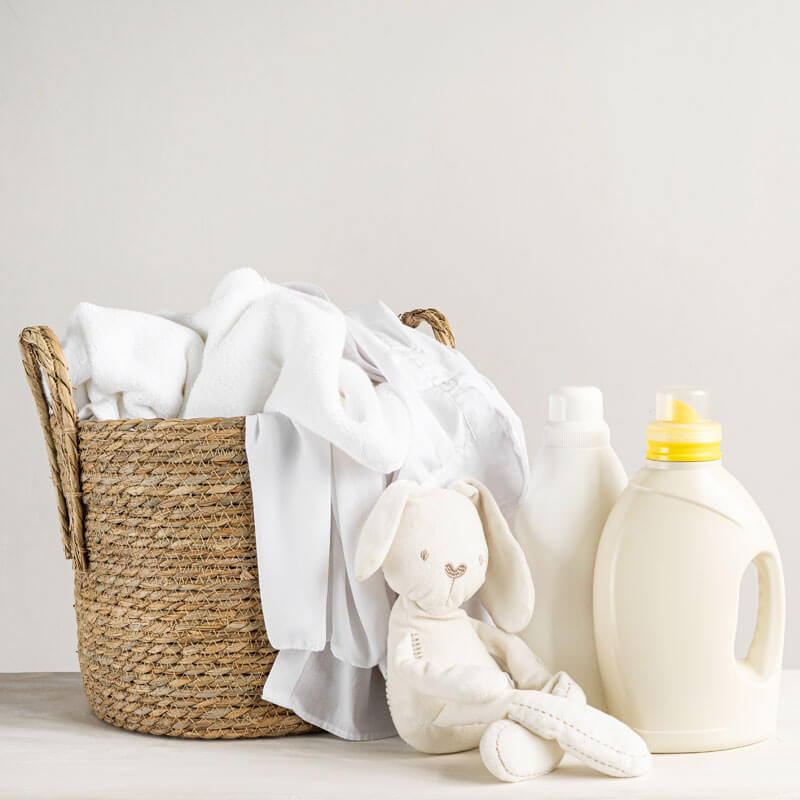
Invest in hypoallergenic fabric for things like bedding, pillows, clothes, etc. Common hypoallergenic fabrics include cotton, silk and bamboo.
While you’re at it, make sure your soaps, shampoos, and conditioners are hypoallergenic as well. For both you and your child.
Any skincare, makeup, and perfume should also be hypoallergenic too.
Physical contact between parent and child is unavoidable. You will likely transfer whatever substance you have on your skin onto them as well.
So, you want to make sure that whatever you use is not allergic to them.
But be warned, not all hypoallergenic labels are trustworthy. So be sure to look at the ingredients list before purchasing anything.Avoid Bad Ingredients
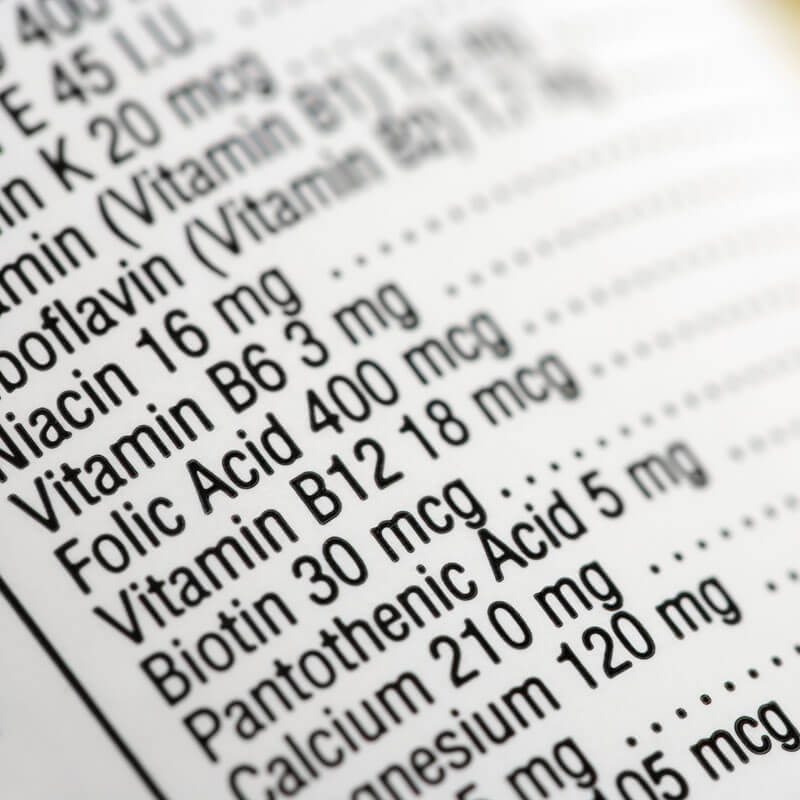
As previously mentioned, not all hypoallergenic labels can be trusted.
So, look at the ingredients to see if they have possible allergens.
Common ingredients that can cause flare-ups include fragrances, essential oils, urea, lanolin, retinoids, cocamidopropyl betaine, propylene glycol and ethanol.Replace the Covers

Bedsheets are a haven for dust mites and other allergy-causing microorganisms.
It’s important to regularly switch out your child’s bedsheets every week to avoid a build-up of allergens in the fabric.
Dust mites are parasites that feed on dead skin cells. Their droppings, although microscopic, are one of the main causes of allergies in not only skin conditions like eczema but in asthma and rhinitis as well.Rinse, Rinse, Rinse
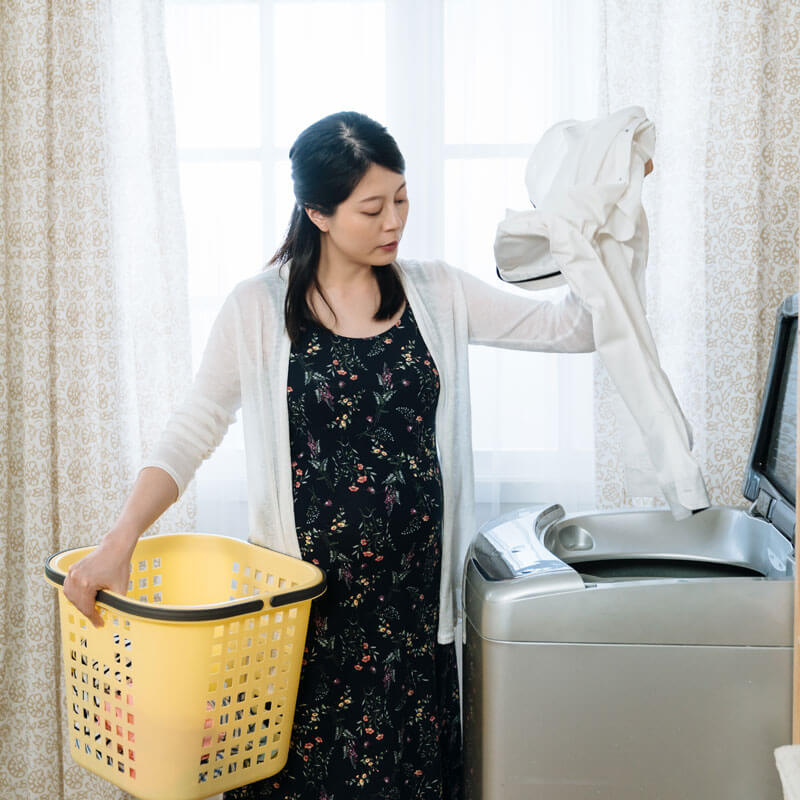
Another common culprit for flare-ups is soap residue on clothes and bedding.
So, just to be safe, make sure you rinse your clothes twice in the washer before finishing the cycle. Just to get rid of any leftover detergent on the fabric.
This also goes for any new clothes that you get fresh from the store. These often have a layer of chemicals left behind from industrial processes.Treat the Itch
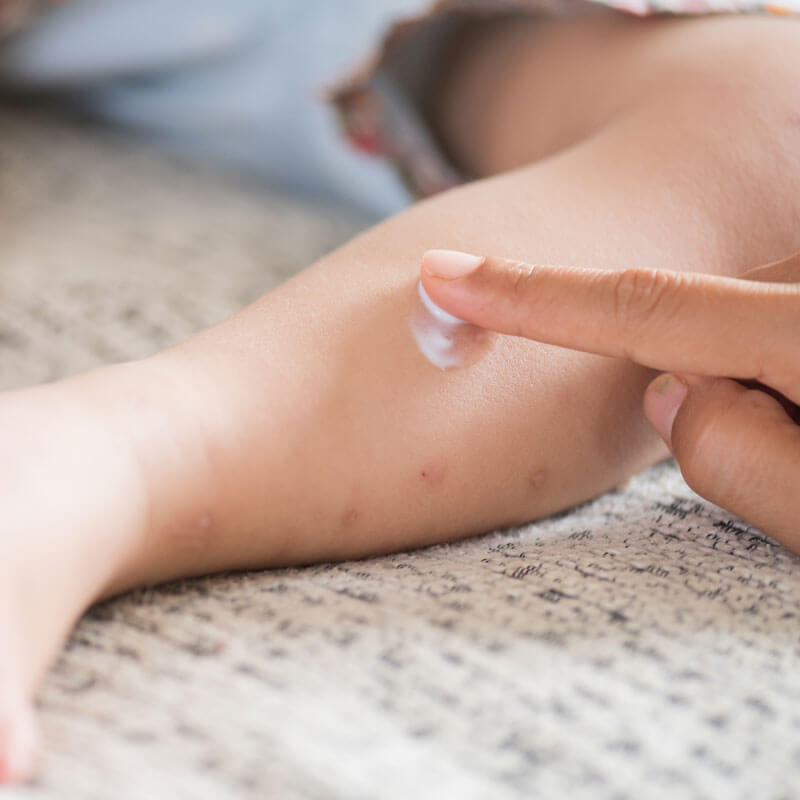
If you’ve had eczema as a child, you know about that irresistible urge to scratch away at your skin.
As relieving as that can be, even momentarily, scratching at eczema patches can lead to oozing and inflammation.
If your doctor didn’t prescribe this already, try some calamine lotion. The main ingredient, zinc oxide, is a powerful but safe antihistamine.
If you’ve run out of calamine, try some baking soda mixed with a little water. It may provide some relief from the itching.
One important thing to note though is that because calamine itself can be pretty drying, immediately moisturise after applying it on your child’s skin.Conclusion
Eczema can be challenging to manage, but it is not as serious as some other childhood conditions.
With the correct treatments, the condition should go away by itself, or at the very least no disrupt your child’s daily life.
Two out of three children eventually outgrow their childhood eczema by the age of 4.
Hopefully, with these tips, you will be able to alleviate your child's symptoms at home.
If you follow these tips, their condition will clear up before you know it.
You're doing great, parents!
Disclaimer: The information provided in this article is for informational purposes only and should not be considered as medical advice from Motherhood. For any health-related concerns, it is advisable to consult with a qualified healthcare professional or medical practitioner.
For more insightful stories and fun recipes, stay tuned to Motherhood Story!
-
![img]()
Prenatal Fitness 101: Third Trimester Exercises Dos and Don'ts
Amira Jeffrey
October 12, 2022
8 min
If you have been keeping up with your physical fitness before or early into your pregnancy, it's generally safe for you to proceed with your routines. Brisk walking, jogging, and even running might be safe given your fitness level.
Not to mention the Kegel exercise—which can and should be performed at any chance you have—even during your workouts.
Despite it all, however, it all depends on how healthy your pregnancy is. Some modifications may still be necessary due to your bodily changes.
So, be sure to remember to clarify with your doctor beforehand. Especially if you are new to fitness and about to explore new changes to your routines with added equipment or weights.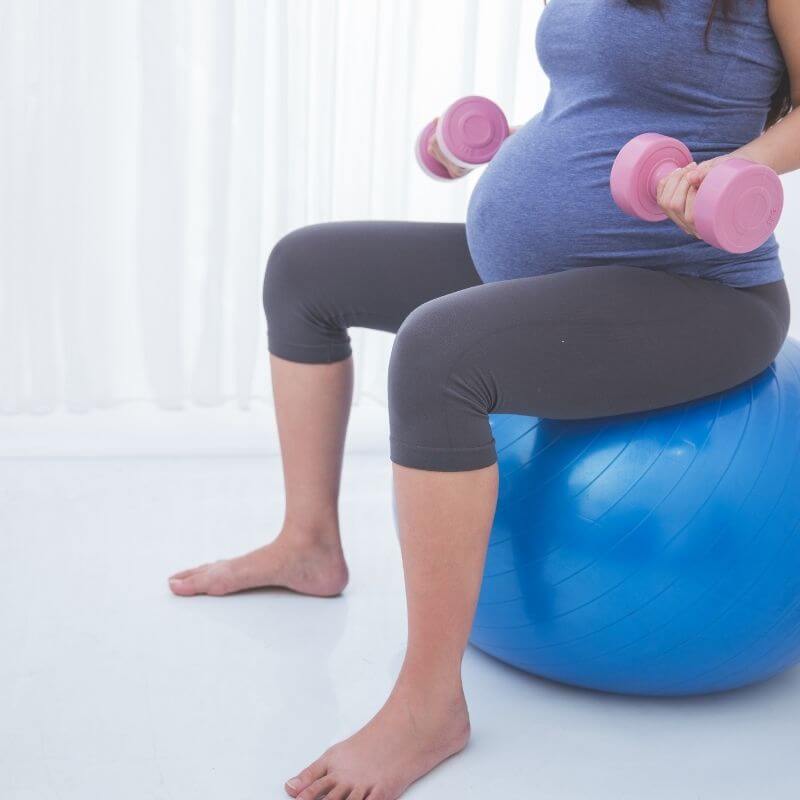 Image credit: Canva
Image credit: Canva
Before you begin, you must have wondered about movements and activities you may want to avoid at this stage of pregnancy.
When it comes to working out, many traditional exercises like push-ups, crunches, and planking are not just impossible to do but also detrimental to mother and baby.
Here are a few other key positions and activities that you may just want to take note of:Lying Flat Down on Your Back
 Image credit: Canva
Image credit: Canva
According to many experts, it's fine for pregnant mothers to lay on their back early into their pregnancy. It is during the later stages, particularly around 20 weeks onwards is where it can harm both mother and baby.
Doing so may compress major blood vessels, potentially restricting airflow to the baby. So, always modify your lying positions. Place a pillow behind your stomach, ensure your back is always elevated at the smallest degree, or lie on your sides.Skipping or Anything Requiring Jumping
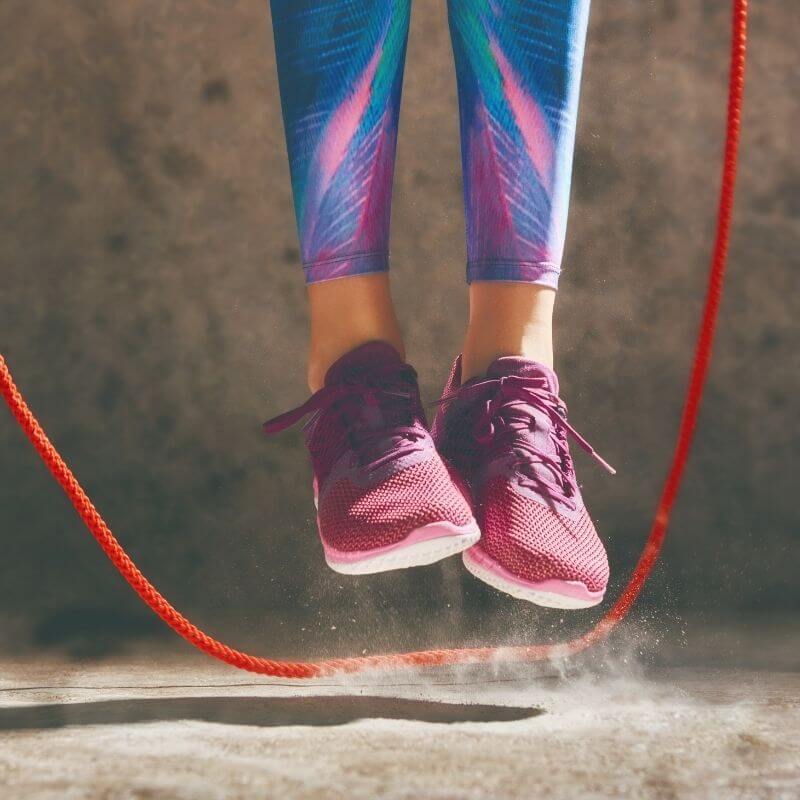 Image credit: Canva
Image credit: Canva
Unless you've consulted with your doctor, it's safer for you to avoid any exercises requiring you to jump, hop or skip when it's late into your pregnancy.
To experts like Dr. Sabiha Anjum, it's best to avoid any exercises requiring vigorous jumping or skipping this time around. From a nasty fall, preterm pregnancy, vaginal bleeding or tear, early contractions, and other complications—the risks are simply not worth the gamble.Crunches

If you were to discover you have diastasis recti during this period of pregnancy, you may want to avoid exercises where your abs bulge from extra strain.
Crunches, like sit-ups, do exactly that, and cases of over-exertion can inflict harm to the mother and baby. Though, whether or not they are harmful to all healthy pregnancies, is still up for debate among many experts.
A common concern among them is the occurrence or worsening of diastasis recti. When you crunch or do a sit-up, moving forward will cause your abs to stretch and separate. An incorrect form or overstretching can easily inflict similar damage.Hot Yoga
 Image credit: Canva
Image credit: Canva
Exposure to excessive heat generally paves away for a number of complications and the temperature in hot yoga rooms typically ranges from 90 to 108 degrees.
So, there is always a possibility for participants to experience dehydration and a dangerous elevation to their core body temperature.
This study suggests that even simmering in hot tubs may increase risks to both baby and mother. So, one can only imagine the risks from a session of hot yoga.
However, that doesn't mean traditional prenatal yoga bears the same risk. It's actually highly encouraged with plenty of proven physical and mental benefits.8 Safe and Great Exercises for Your Third Trimester
The third trimester of pregnancy does warrant your caution, and rightly so!
At this stage, you may experience more limitations than your earlier trimesters, thanks to your healthy growing baby. And especially if you are just easing into fitness, be aware of your current fitness level before embarking on your modified routines.
Essentially, when it comes to fitness during the third trimester of your pregnancy, try to put lesser emphasis and stress on peak performance.
Instead, the focus now lies in the most optimum exercises that will benefit your pregnancy journey and in return, your body (and therefore, a smoother labour experience).
With all that in mind, let's explore some exercises to spice up your third-trimester fitness!#1 Modified squat: Deep squat with Pelvic Floor Contraction
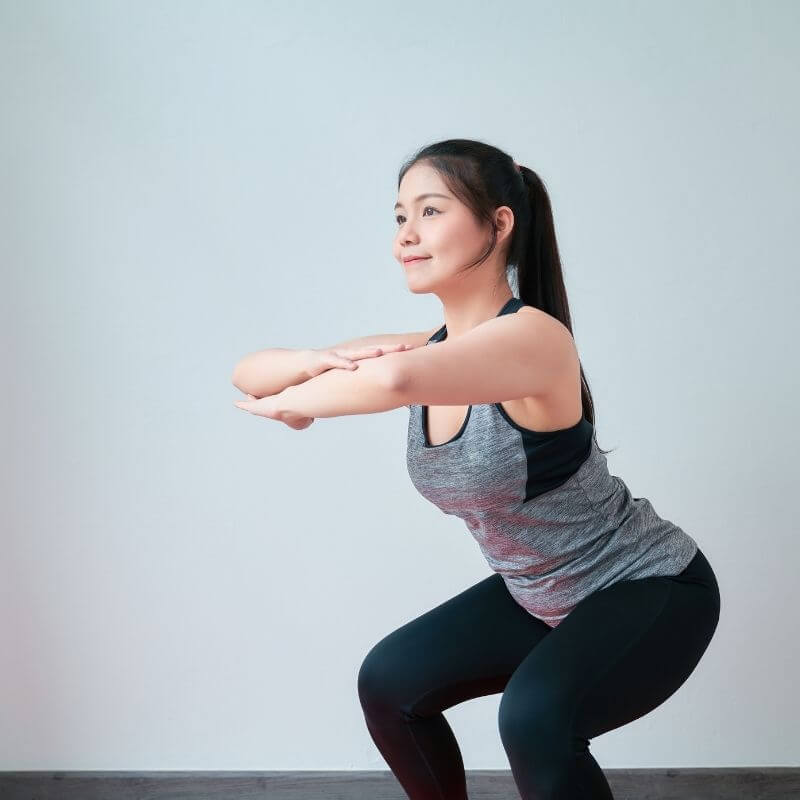
Traditional squats may serve you well during early pregnancy but that probably won't be the case by the time you reach your third trimester. Your belly is developed, bigger and you're prone to imbalance—which is why you should angle your stance wider.
Aside from the sumo squat, you can also opt for a modified traditional squat by dropping and holding your squat position. At the same time, squeeze your pelvic floor muscles and hold for 10 seconds. Relax as you rise from the squat.#2 Side lunge

Side lunges help strengthen major muscles of your lower body which help carry most of the weight of your growing belly.
If balance is a concern for you then feel free to hold on to a rail or chair before you. To do this exercise, follow the steps below:- With your feet apart shoulder-width, point your toes forward.
- You may also hold light dumbbells on either hand, facing downwards by your side.
- Step to a side with one leg and lower your body slightly at both knees without passing your front toes.
- Hold and this is where you can also perform the Kegel exercise.
- Push up and back to the starting position.
- After a few reps on one leg, repeat the same for the other.
#3 Single leg deadlift
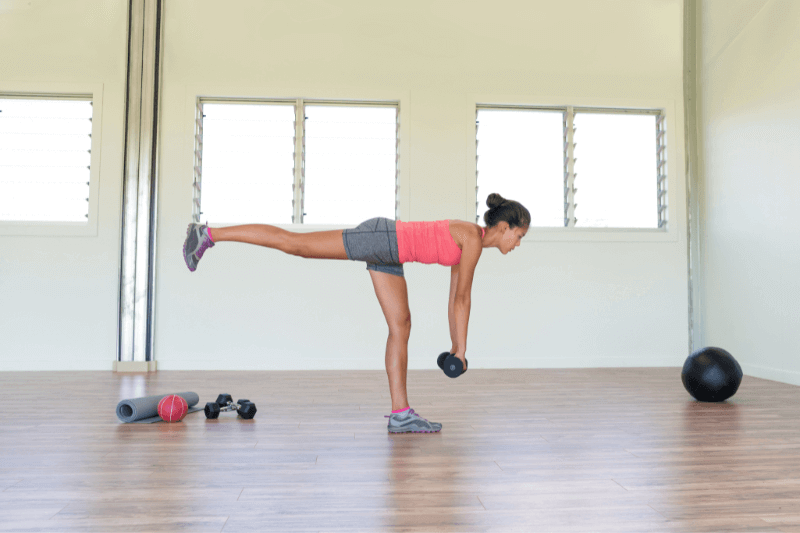
This might be a slightly advanced exercise but if it does entice you, then be sure to obtain that clearance from your doctor beforehand.
Targeting your glutes, leg, and core muscles, here's how to do a single leg deadlift:- With your feet together, and a dumbbell in each hand, shift your weight to one foot with your knee bent.
- Use your other foot as a kickstand if needed for extra balance.
- Lower your torso to the ground, reaching the dumbbells toward your standing foot as your right leg extends straight behind you.
- Keep your back straight the entire time.
- Engaging your butt and core, lower your leg back to a standing position.
- After a few reps on one leg, repeat the same on the other.
#4 Wall sit
 Image credit: Canva
Image credit: Canva
Wall sits are quite similar to squats as they both work your pelvic muscles, strengthening your abs and torso.
Wall sits, however, are known as a static movement which requires you to remain in a stationary position for some time. You can also modify this exercise by placing a stabilising ball between the wall and your back!
To do this exercise:- Lean your back against the ball with a space about two feet between your feet and the wall.
- Slide down until you reach a sitting position or your knees are at a 90-degree angle.
- Hold for 10 seconds, slide up to a standing position and repeat.
- You can also increase the holding time for each set instead of increasing your repetitions.
#5 Leg Lift
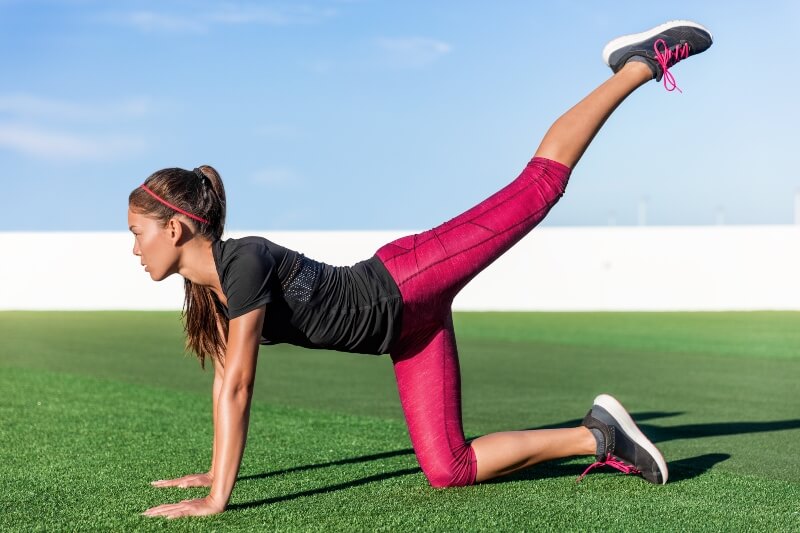
This is a form of modified leg lifts well suited for pregnant mothers!
According to your preference, you may do this workout either front-facing or on your side.
For a front-facing leg raise:- Get on your hands and knees with your arms locked and hands placed parallel to your shoulders.
- Raise one knee and straighten the leg behind you until it’s parallel to the floor.
- Bend and lower your knee to the floor.
- After a few repetitions on one leg, repeat the same on the other.
Side leg raise:- Propped up by one hand and the same side knee on the ground, straighten your other leg out.
- Rest your free hand on your hip.
- Raise the straightened leg to hip level and back down.
- After a few repetitions on one leg, repeat the same on the other.
#6 Cat-cow exercise
 Image credit: Canva
Image credit: Canva
The cat-cow pose or exercise greatly helps with pregnancy back pains! This is also suited for labour to help position your baby into a more optimum position for delivery.
To do this exercise:- On your hands and knees, flatten your back.
- Inhale and arch your back as you look slightly up.
- Hold this position for 2-3 seconds.
- As you exhale, reverse the movement by completely rounding your back, tucking in your chin.
- Hold this position for 2-3 seconds.
- Repeat.
#7 Bird dog pose or the quadruped exercise
 Image credit: Canva
Image credit: Canva
Here's another exercise that includes your upper body as well.
The bird dog pose helps build your gluts, arm, and core muscles. To do this exercise:- Get on your hands and knees, with your hands under your shoulders and knees under your hips.
- Ensure your head and neck are in neutral positions.
- Lift an arm to your front and the opposite leg behind you.
- After a few repetitions on one side, repeat the same on the other.
#8 Dumbbell lateral raise
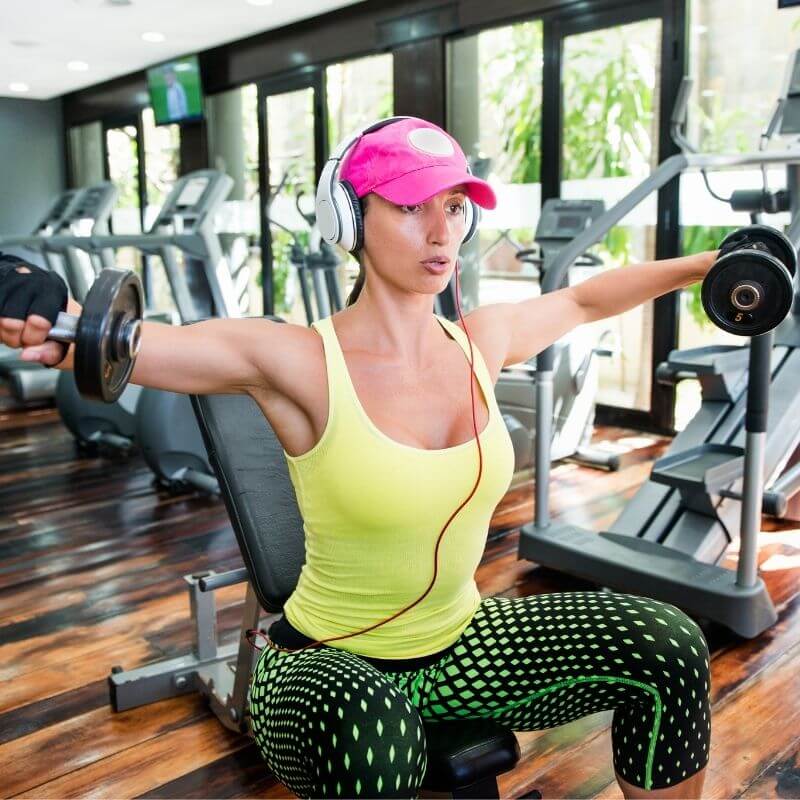 Image credit: Canva
Image credit: Canva
Dumbbell lateral raises will help strengthen your back, but it also tones your shoulders, arms and back. For a proper exercise:- Stand or sit with your back straight and legs apart, shoulder-width.
- With arms by your side, hold a dumbbell in each hand with palms facing inwards/downwards.
- Lift your arms outwards to your sides until shoulder height.
- Lower your arms to starting position.
Routines Just for Mummy
Your third trimester is indeed when you and the baby are most vulnerable. As mentioned earlier, with changes to your body come changes to your workout routines too.
So, always be sure to consult your doctor before proceeding with variations to your fitness plans.
When including weights into your workout, you might risk them bumping your belly and causing potential harm to the baby. So, be sure to use only lightweights easy for you to lift.
Don't raise weights above your heads to avoid chances of dropping them on you as well.
Most importantly, always listen to your body! Stop when you need to, rest when your body asks you to and modify your exercises as your doctor deems fit.
Here are two simple workouts to help kickstart your fitness this trimester!Routine #1
One set of this routine includes:- 10-15 reps of moderate-intensity weighted dumbbell lateral raise
- 10-15 reps of deep squat with pelvic floor contraction
- 10-15 reps of side lunges
Routine #2
One set of this routine includes:- 10-15 reps of quadruped exercises.
- 10-15 reps of single-leg deadlifts.
- 10 seconds wall sit, increase by 10 seconds for each set.
For more insightful stories and fun recipes, stay tuned to Motherhood Story!
-
![img]()
Nutrition for Toddlers: Fruits
Natasha
December 24, 2021
6 min
Previously we covered grains and potatoes that are safe for toddler's consumption and which should be avoided. In this article, we will be discussing fruits! Fruits are superfoods for your lovely toddlers as they are rich in many beneficial nutrients like vitamins and fibre. But not all fruits are safe to eat for your toddlers. So, which should you look out for?
Let’s discover together which fruits are toddler-friendly and which aren't, shall we?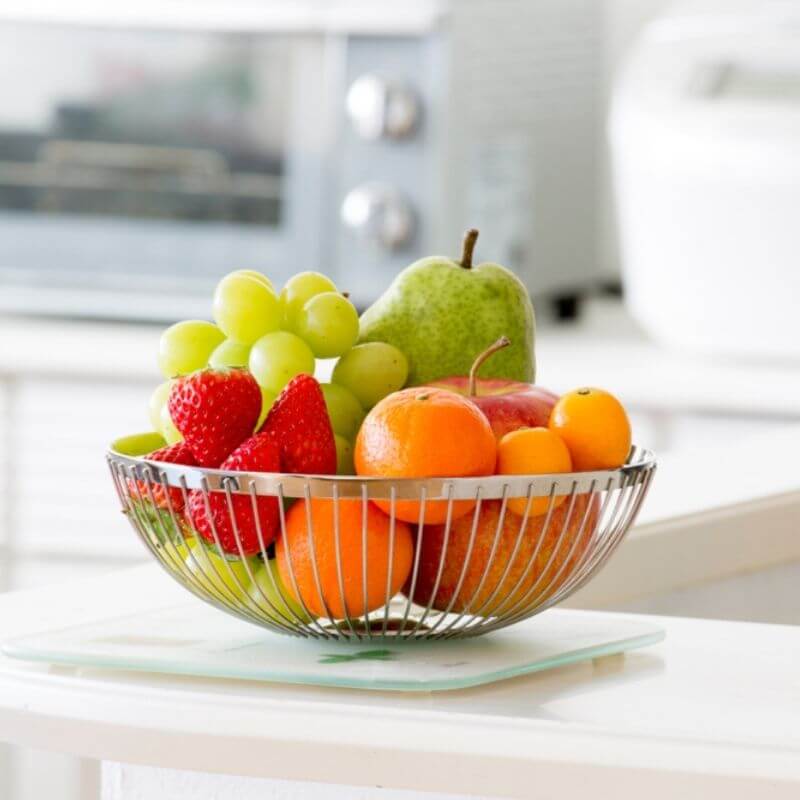
Safe Fruits for Toddlers
Banana
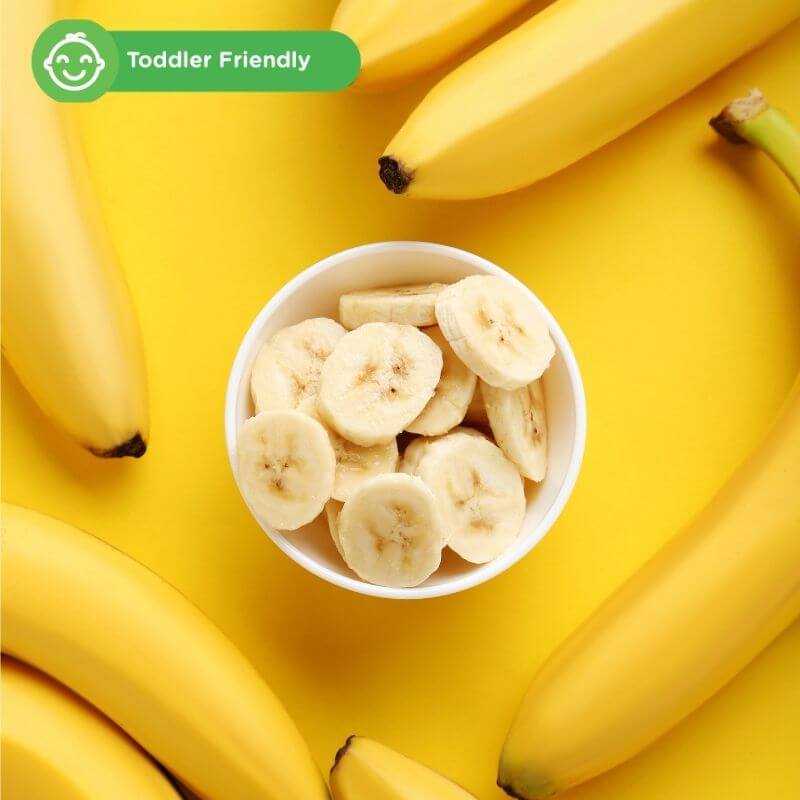
Your children can have some bananas! Bananas contain numerous nutritional benefits which are great for your children’s growth. They are also great energy boosters and prevent constipation.Avocado
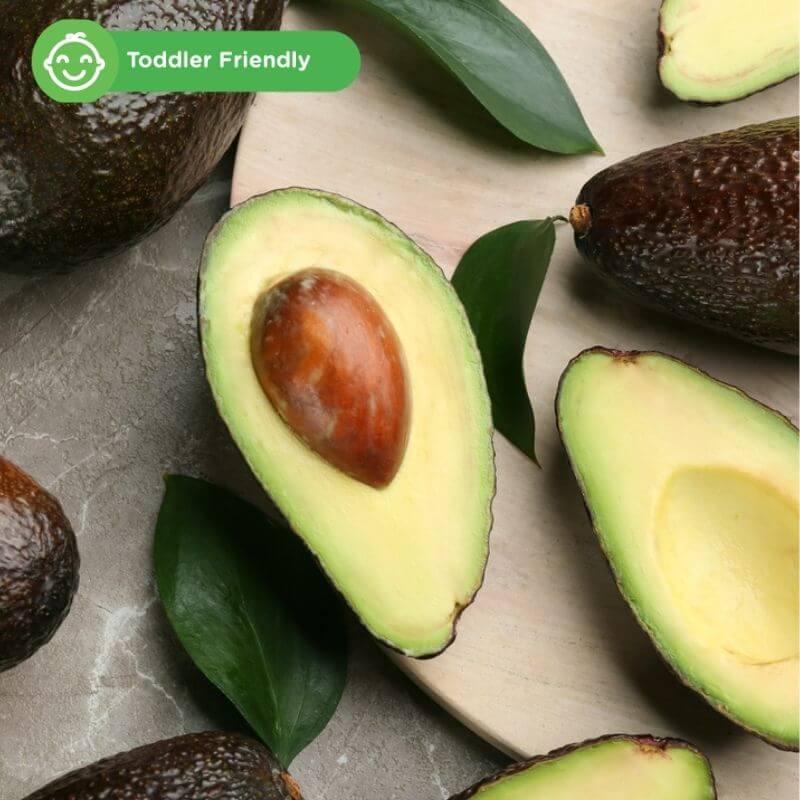
Avocado is safe for your toddler to eat. It can help to improve your toddler’s growth and brain development. It also may help to ensure good brain development and relieve constipation. Additionally, avocado is also good for your toddler’s skin and vision.Apple
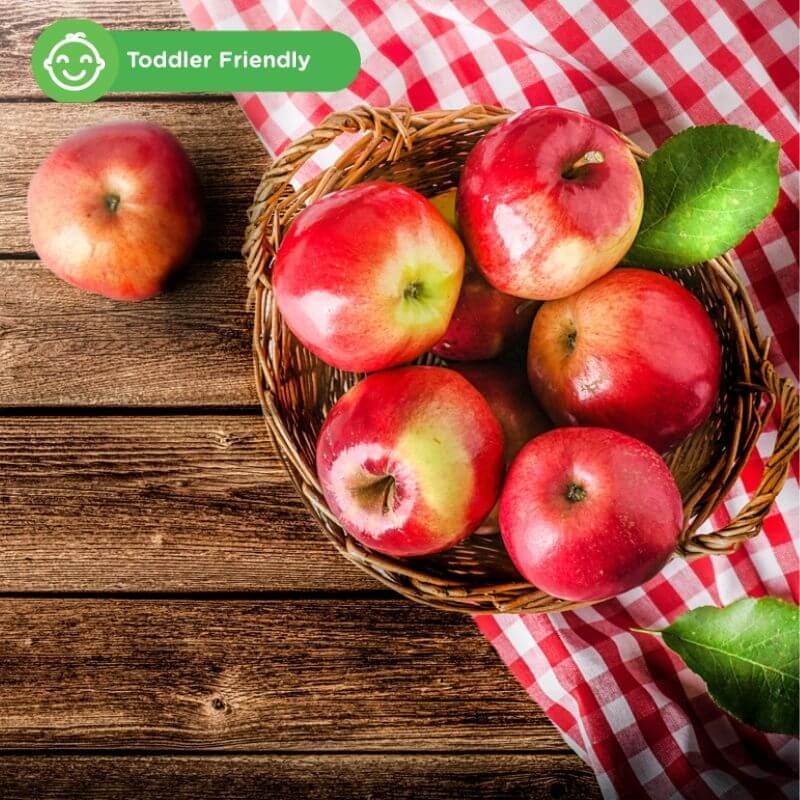
New mummies can try to feed their toddlers with apples. Apples are rich in fibre and vitamin C which can help to prevent constipation and enhance your toddler’s energy. Just watch out for the quantities as apples have high levels of sugar.Blueberry
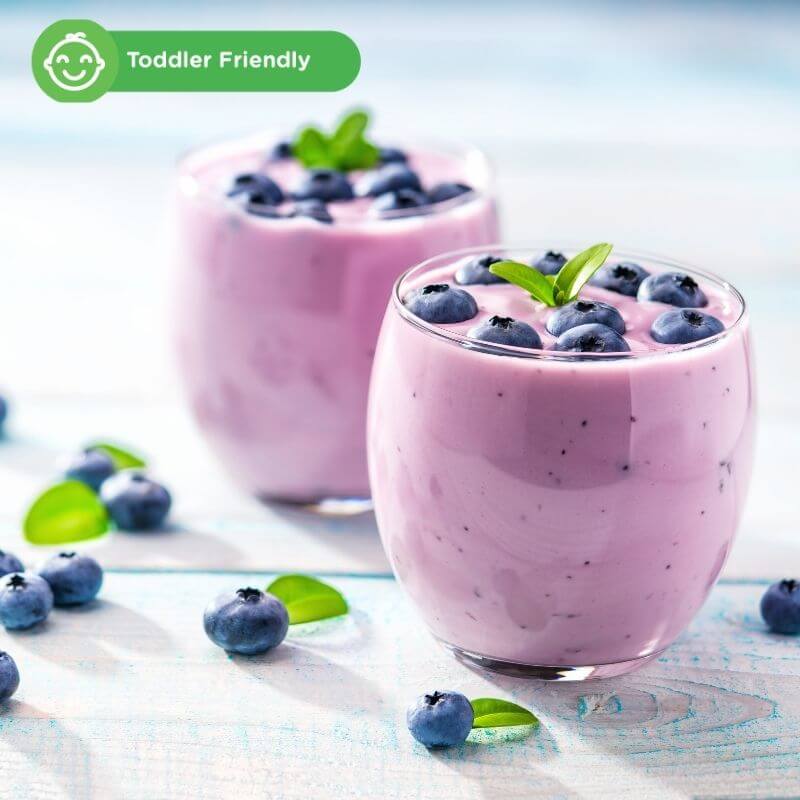
Your toddlers are safe to consume blueberries. This fruit can help to improve your kid’s immune system and eye health. Blueberries can also help to strengthen his bones. Just remember to introduce blueberries when your baby is about 11 months old. You should also observe for allergic reaction signs like rashes upon introduction.Coconut
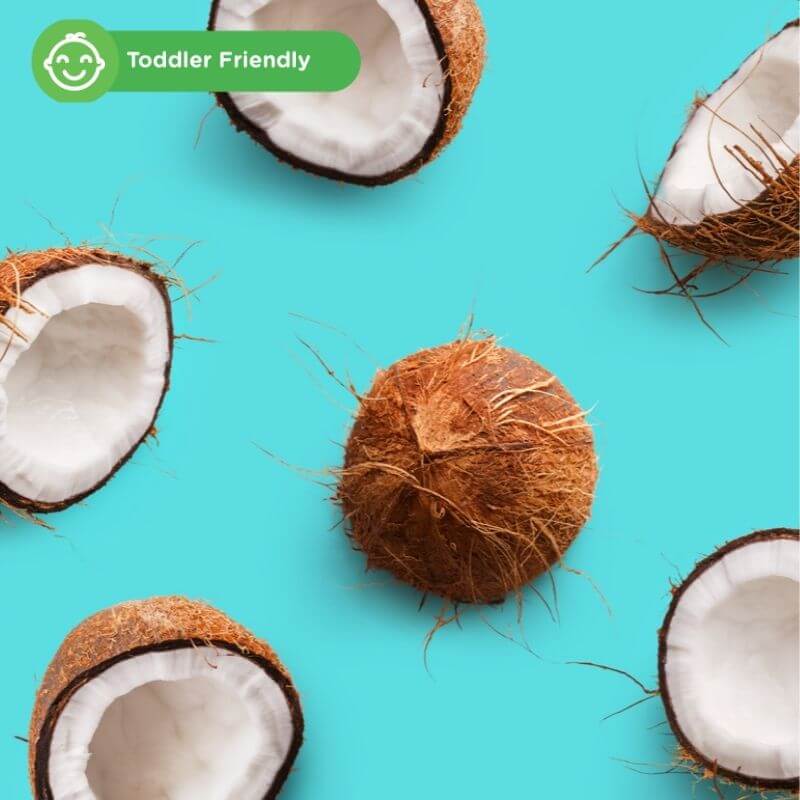
It is fine to feed your children with coconuts. Coconuts are great for their skin and boost their strengths. Additionally, coconut water has nutrients like dietary fibre and lauric acid which helps enhance their immune systems and prevent illnesses. It also may improve your kids’ brains and bones development.Jackfruit
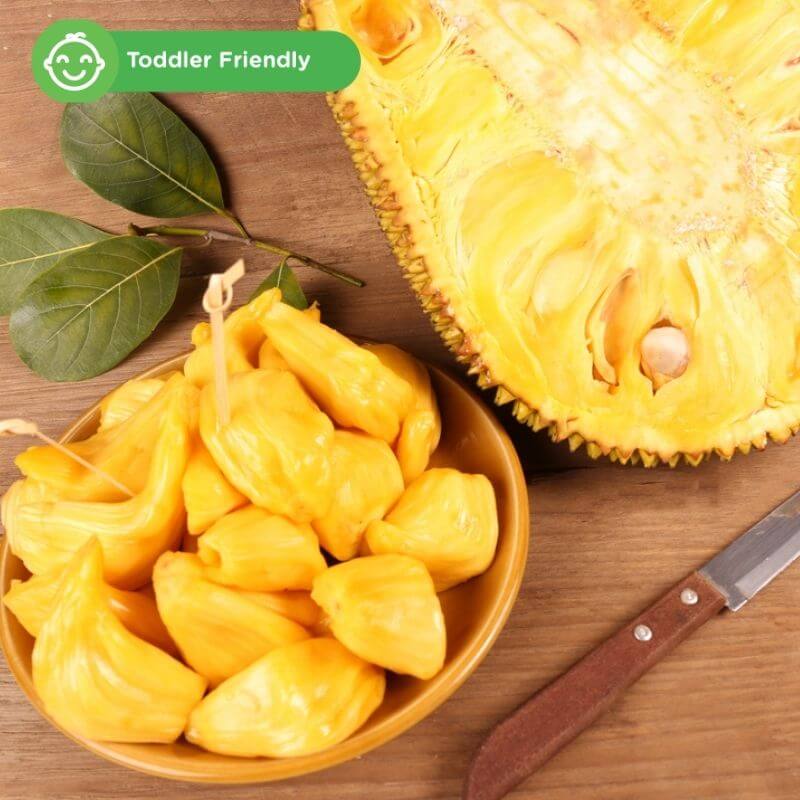
You can try feeding your child some jackfruits too. They can help to promote your toddler’s immunity and enhance digestion. Jackfruits are also great for your toddler’s skin.Kiwi
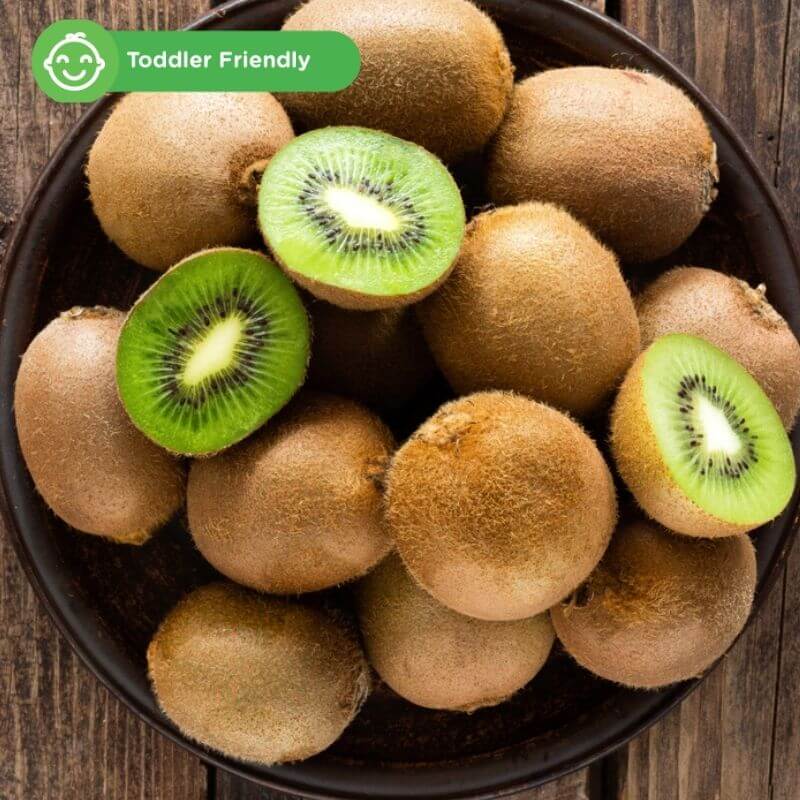
Your toddler can consume kiwi too. Kiwi is rich in folate which can help promote your toddler’s brain development. This fruit also has minerals that help promote the absorption of calcium, iron, and protein. You can start adding kiwi to your baby’s meal from as early as 8-10 months. However, it might be too acidic for your child. So, be careful.Lemon

Your toddler can also eat lemons. You can try to introduce lemons to your child’s diet from as early as 6 months old. This fruit is good to promote your toddler’s immunity and skin health. But, it may be too sour for your child. So you may consider squeezeing just a few drops over compatible dishes for your child.Mandarin
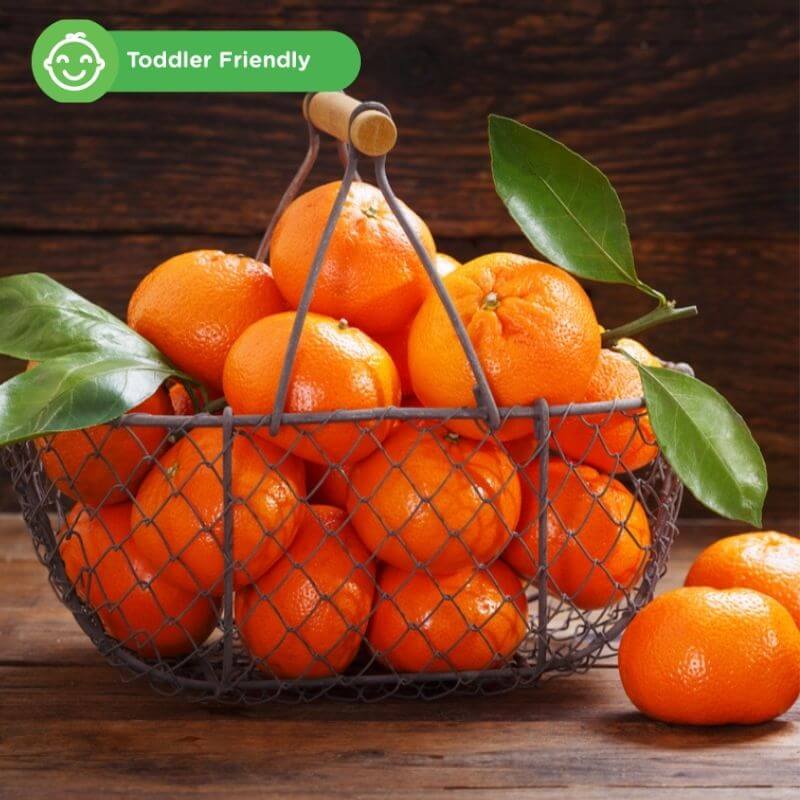
Mandarin is great for your toddlers. It has many essential nutrients like fiber and vitamin C which promotes a healthy digestive and immune system for your child. You can feed your little one some mandarins when his age is around 8-9 months. Just make sure to wash the skins properly before removing them. Additionally, mamas can also try to remove its seeds and cut the fruit in half to make it easier on your kids.Mangosteen
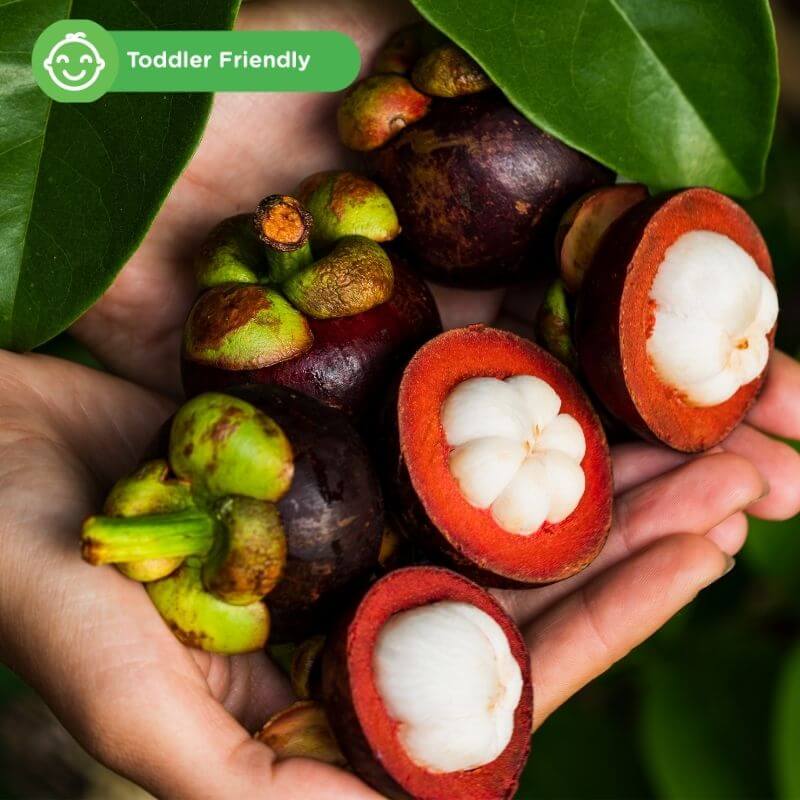
New mummies can try to feed their kids with mangosteen too. Mangosteen can help to promote your toddler’s development and growth. Additionally, this fruit can also help to improve your kid’s immune system and skin.Peaches

You kids can have some peaches too. You can try to include peaches in their meals from as early as 6 months old. Peaches are great for your children’s hair and skin. Peaches can also promote a healthy digestion and immune system.Rambutan
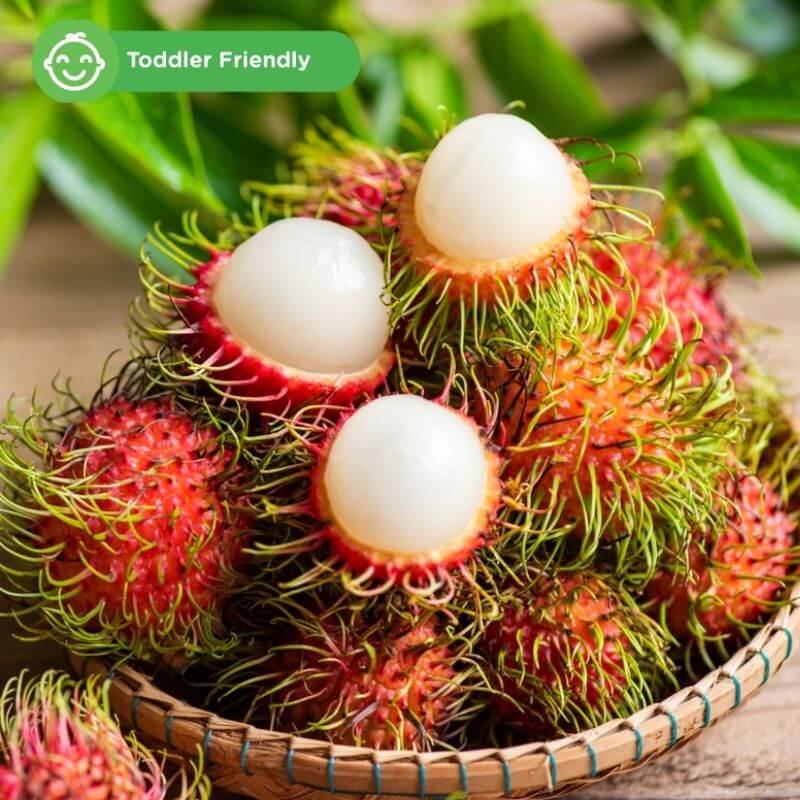
Mums can give rambutans to their children. You can try to feed them with this fruit when they are around 7 months old. These fruits can help to improve your children’s development and growth. Rambutans may also promote your kids’ immune systems and prevent anaemia.Dragon fruit
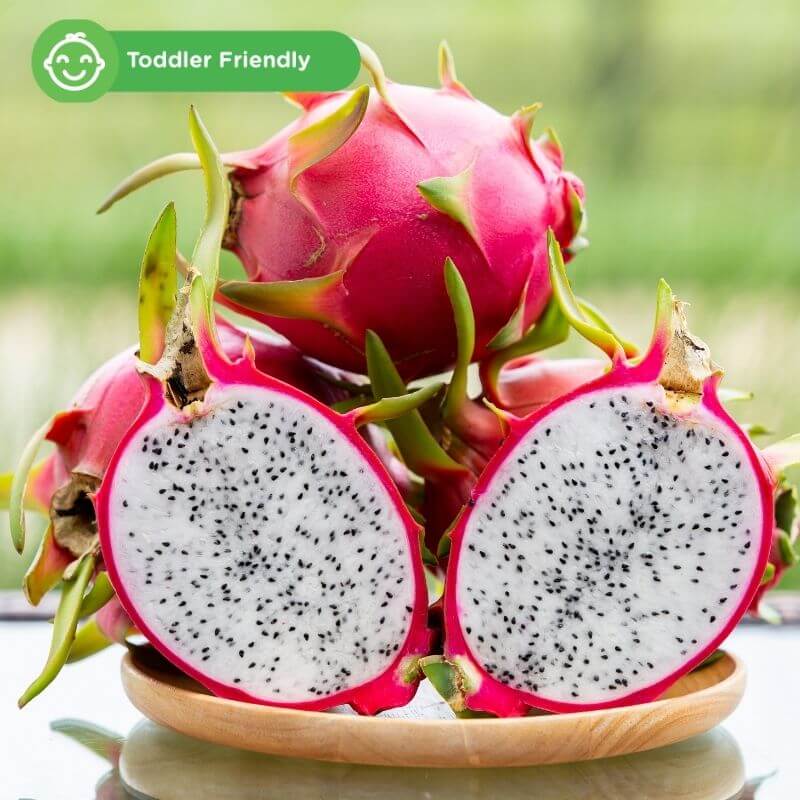
Mamas can introduce dragon fruits as soon as your babies are about 6 months old. Dragon fruits are great to promote healthy cognitive development and bowel movement for your children. Just remember to feed them in small quantities initially to ensure your child isn't allergic to dragon fruits.Strawberry
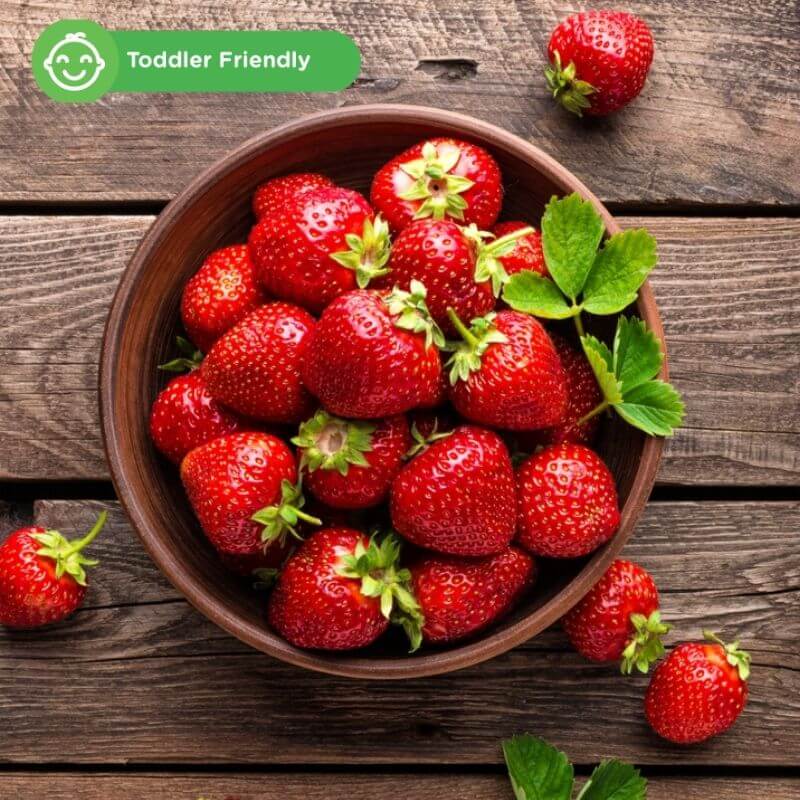
Your toddler can have some strawberries. They are high in minerals and vitamins which helps to improve your toddler’s intellectual development and digestion. Strawberries can also help to prevent constipation. Just cut them before feeding them to your toddler.Consume in Moderation
Watermelon
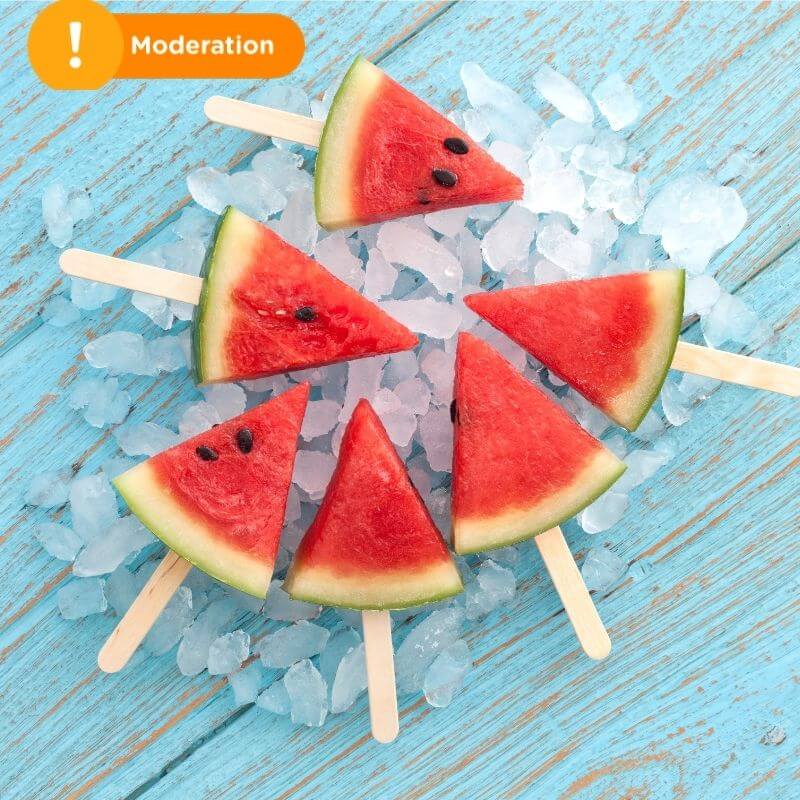
It is fine to feed your toddlers with watermelons. You can include watermelon in your child’s diet from as soon as 6 months old. Watermelons can help promote your toddler’s immunity and prevent infections. Just remember to clean your toddler’s teeth properly as watermelon contains high levels of sugar. Mamas can also remove the seeds to avoid choking risks.Mango
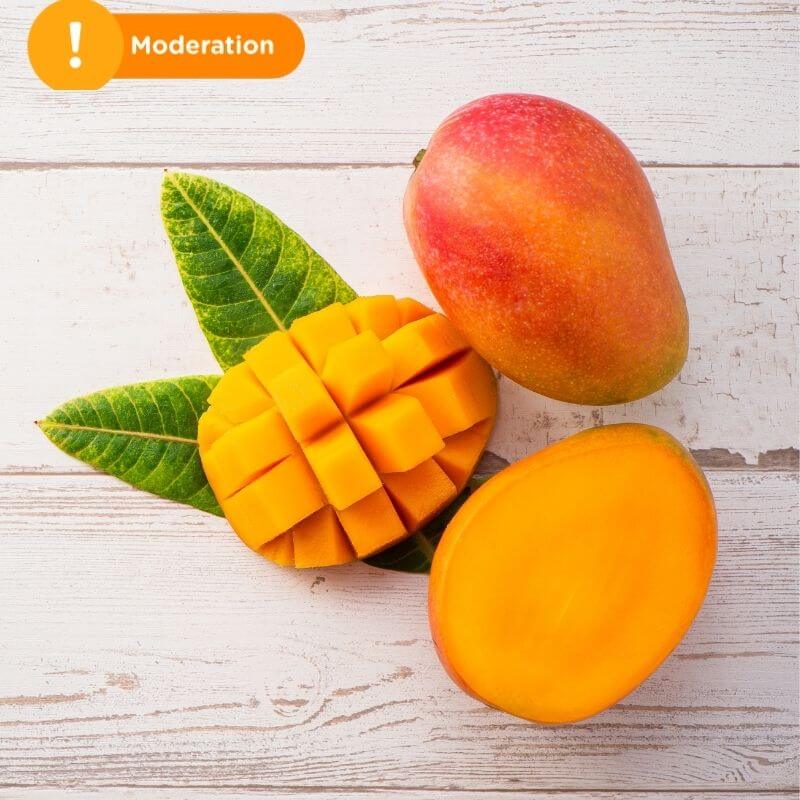
Mummies can feed their toddlers with mangoes in moderation. You can introduce your children to mangoes as soon as they are 8 months old. Mangoes are rich in fibre which helps to relieve constipation. But, too much fibre might also lead to loose bowel movements. So be careful of it!Lychee
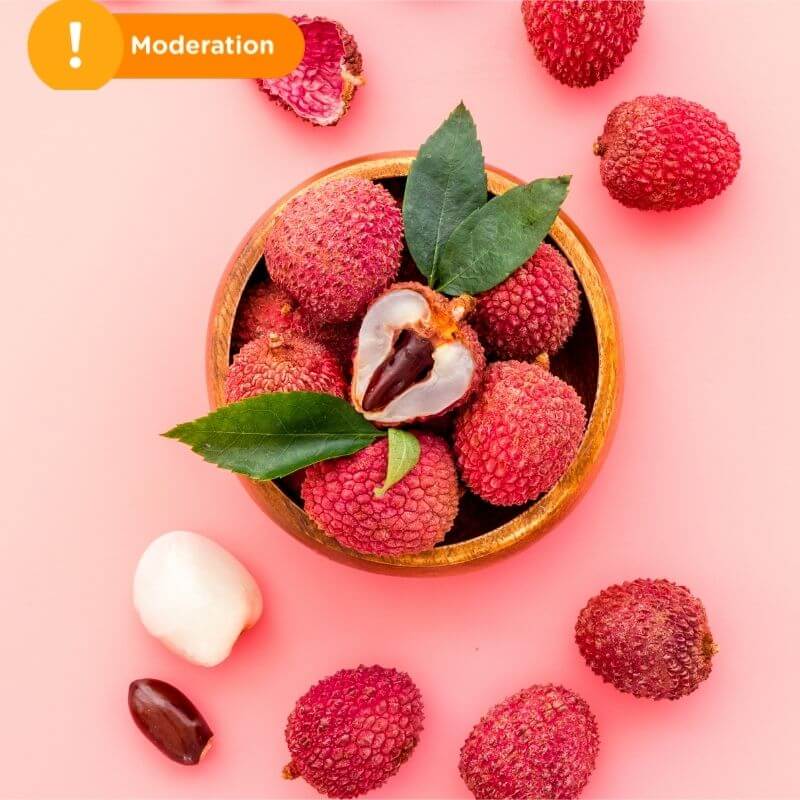
Your kids can have some lychees after they are 6 months old. Lychees are high in nutrients and antioxidants which can promote your toddler's energy and immune systems. However, you need to feed them with these fruits in moderation as they have a high level of natural sugar. You should also avoid giving whole lychees to your children as they might choke from it.Pomelo
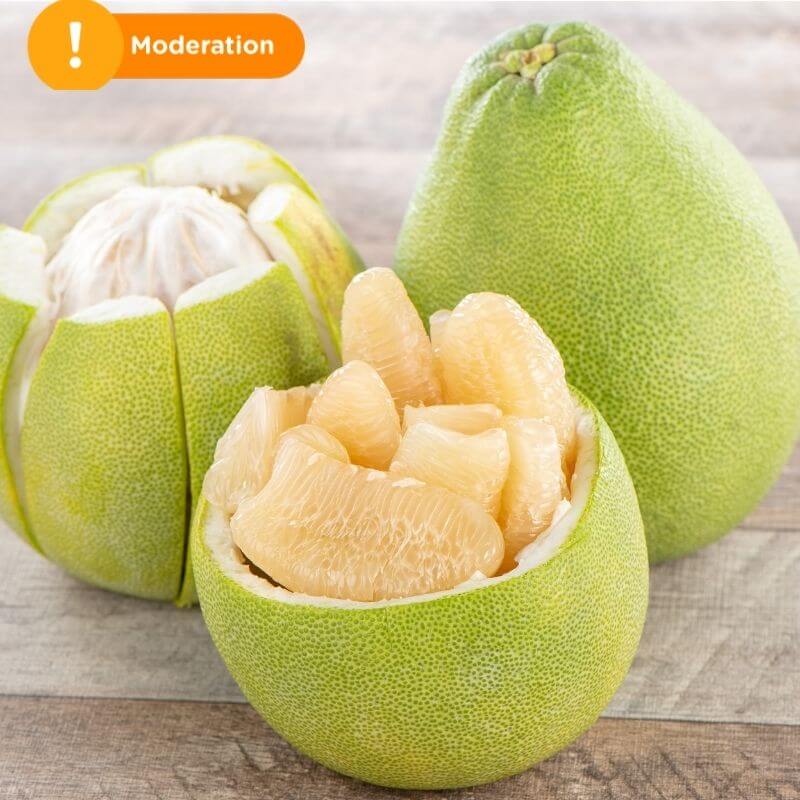
Your toddlers should eat pomelo in moderation. New mums can try to include this fruit in their children’s meals from as early as 8 months old. Pomelo can promote your toddlers’ immune systems and skin health. Try to cut them in small chunks to reduce the risk of choking.Avoid These Fruits
Sea buckthorn

Your toddlers cannot eat sea buckthorns! This is as there are not enough studies to consume its safety.Hawthorn

Avoid feeding hawthorn to your kids. This fruit is not suitable for children.
Your toddlers need to eat safe fruits!
Therefore, you need to make sure which fruits are safe for your toddlers. Just remember to indulge a healthy habit for your children to ensure good health for them.
Sources:- https://www.cdc.gov/nutrition/infantandtoddlernutrition/index.html
- https://www.hsph.harvard.edu/nutritionsource/kids-healthy-eating-plate/
- https://www.yummytoddlerfood.com/100-foods-for-toddlers/
Mummies, treat your toddler to these easy and healthy fruit smoothie recipes for children here.
Check out which vegetables are toddler-friendly and which should be avoided here.
Disclaimer: The information provided in this article is for informational purposes only and should not be considered as medical advice from Motherhood. For any health-related concerns, it is advisable to consult with a qualified healthcare professional or medical practitioner.
For more insightful stories and fun recipes, stay tuned to Motherhood Story!
-
![img]()
ADHD: Helping Your Child Manage their Condition
Zakwan Shah
November 29, 2023
6 min
Learning disabilities are rife with stigma. Children who have them have always been shunned, abused and misrepresented in society.
Attention deficit hyperactivity disorder, or ADHD, for instance, is one of the most common learning disability among children.
Despite this, many still go undiagnosed and untreated.
Children with ADHD are often portrayed as naughty, wild and unintelligent; a lost cause.
But with new discoveries in the field of neurobiology and psychology, we now know that it’s not just a child being naughty.
Many Malaysians are still unclear as to what ADHD is, so let’s unpack the basics.What is ADHD
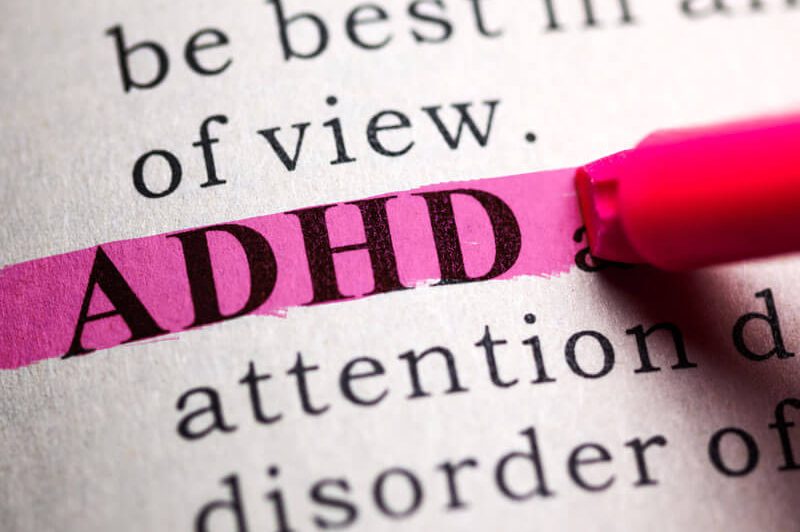
ADHD is a neurodevelopmental disorder that typically affects children. The condition presents itself as inattention, impulsivity and hyperactivity.
Children with ADHD usually have trouble paying attention and sitting still.
They often rush their tasks, make mistakes often and have poor organization skills.
Much like other learning disorders, ADHD presents itself in a spectrum.
Some experience severe symptoms, while others may only experience mild ones. This is usually why these disorders are hard to detect.
While the condition usually disappears around adolescence, many reports suggest that ADHD can persist well into adulthood.
If you fear your child may have ADHD, it’s important to go for a screening as soon as possible. Early detection is crucial when it comes to neurodivergent children.
Thankfully, we have made great strides in treating ADHD in children to give them a successful, fulfilling life.
These treatments include behavioural therapy, hormonal therapy, nutritional therapy and many others.
However, these treatments can often be expensive, which may be why many ADHD children are left untreated.
But fret not. Various experts agree that ADHD can be treated at home with great success, especially for the milder cases.
If your child is suffering from this disorder, try managing their condition at home first before signing up for an expensive programme. Here are 8 tips on how to handle children with ADHD at home.7 Tips for Children with ADHD
Establish a Routine
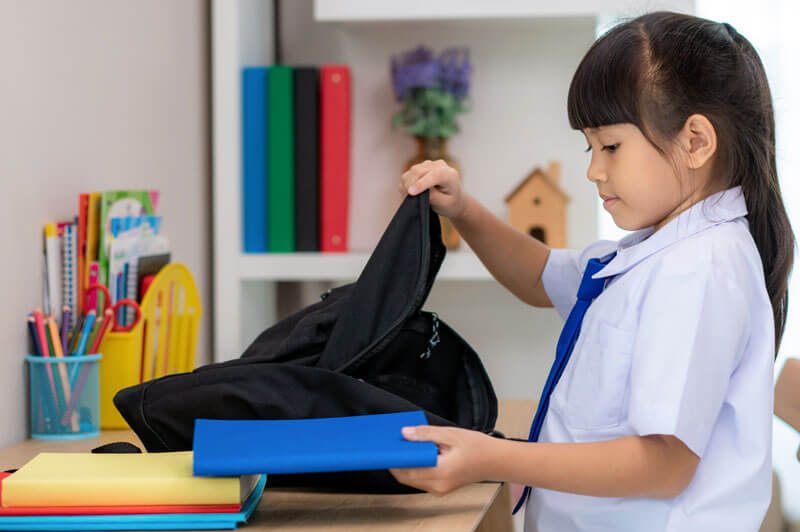
Individuals with ADHD often suffer from “analysis paralysis”, which is a buzzword that simply means difficulty making decisions.
Helping them organize their time can help relieve some of the anxiety and disorientation that comes with the condition.
A good way to do this is by putting a calendar or timetable in their room, with colour-coded stickers for different activities.
Blue for school, red for homework, yellow for meals and purple for TV time, etc.
Having the decisions made for them can often be a much-needed relief for ADHD sufferers, who frequently have trouble managing their time.
It’s important as well to supervise them during certain activities like homework. ADHD children are easily distracted.
Therefore, you need to know how to capture and hold their interest when you’re helping them with their school assignments.Maintain a Regular Sleeping Schedule

Sleep deprivation can often aggravate ADHD symptoms. If a healthy, normal adult can suffer from attention problems from sleep loss, imagine a child with ADHD.
Sleep loss can also cause mood swings, irritability and brain fog. All the side effects that you don’t want your ADHD child to experience.
Therefore, to help them maintain good, productive sleep, be sure to maintain a regular sleep schedule.
Get them to wake up and go to sleep at roughly the same time every day, even on the weekends.
Another thing to watch out for is sleep hygiene. This simply means eliminating any factor that may hinder good, productive sleep.
This may include keeping out bright light, maintaining a cool temperature and avoiding heavy meals 2 hours before bedtime.Differentiate Between Symptoms and Misbehaviour
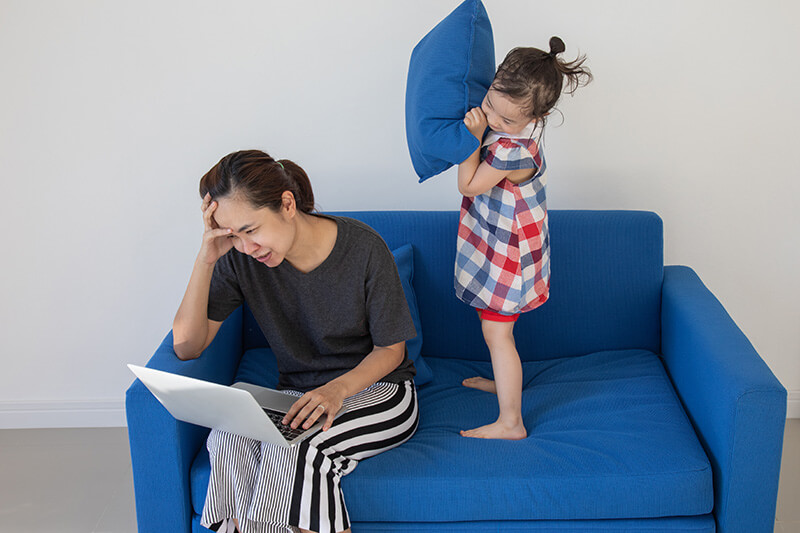
Children misbehave all the time, even those with ADHD. It’s important to distinguish between the two if you want to help them cope with their condition.
Penalising an ADHD episode can harm their progress. ADHD and simple misbehaviour can be hard to tell apart.
But one obvious difference is that ADHD symptoms can happen anywhere, not just at home. Children with ADHD cannot control their symptoms and may often have frequent episodes regardless of where they are.
Bad behaviours are also usually pre-meditated and require swift and effective discipline. ADHD symptoms are usually involuntary.Tune Out Distractions

External stimuli are the Achilles’ heel of every child suffering from ADHD. This can be anything from a loud and persistent noise, to a bright and colourful object.
Anything within their earshot or line of sight can trigger an episode. This can be problematic especially when they’re supposed to be doing homework.
It may also explain why your child may be having trouble at school. I doubt public school teachers are going out of their way to sterilize the environment for one ADHD child.
This is why sometimes it’s better to enrol your child in a special school where their needs can be taken care of.
It also takes some of the load off your own shoulders, especially if you’re a working parent. However, when they’re at home you have more control over their environment and can take the necessary steps to reduce distractions.
Start by turning off all digital devices such as the television and any smart device like phones and computers.
Then survey your house for any distracting stimuli that may interrupt your child during their activity.Manage their Diet

Some experts believe that certain foods can trigger episodes in children with ADHD.
While evidence is still lacking for this, many parents found that tweaking their child’s diet has significantly improved their symptoms.
There are many ADHD diets out there, but most prioritize cutting out processed foods, chemical additives, artificial colourings, sugar, and allergens.
The bulk of ADHD diets includes proteins, complex carbohydrates, and micronutrients (specifically iron, magnesium, zinc, vitamin B-6, and vitamin D).
You can also choose to supplement their meals with superfoods.Exercise

There is nothing bad you can say about exercise, unless you overdo it.
For children with ADHD, studies show that a light 20-minute exercise every day can greatly reduce symptoms and episodes.
Moreover, regular exercise can also assist in sleep, especially when performed outdoors early in the morning.
Natural sunlight can help your child acclimate to the biological cycles of wakefulness and rest.
Which means more sleep and better cognitive and physical performance the next day.
Children typically get their exercise when they play games, like tag, or racing, which will usually require another participant.
You can of course take them out for bike rides and some jogging as well.
But a good equipment to get for a child with ADHD is a trampoline. You may not have time to exercise with them all the time.
So getting them something that they can exercise with on their own is a lifesaver. Especially when you have other urgent things to get to.
Exercise also has the added benefit of expending some of the nervous, restless energy that children with ADHD often struggle with.Try Some Supplements
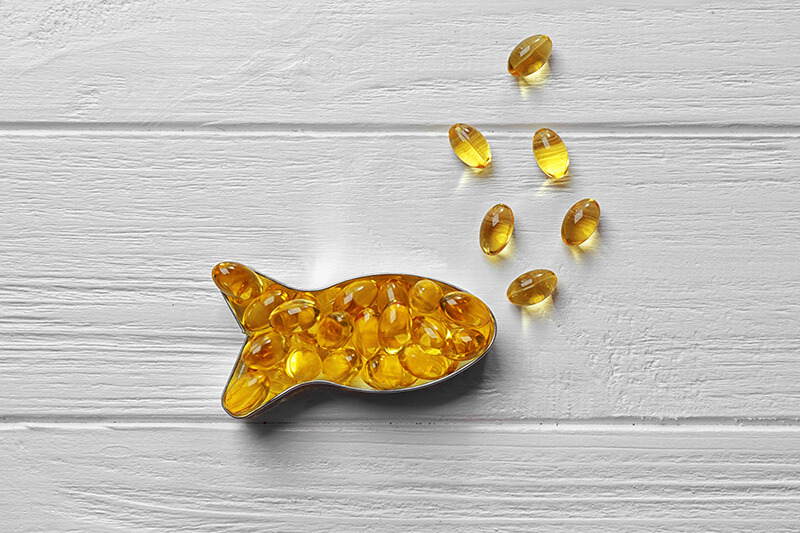
While most medical professionals will prescribe a drug like Adderall for ADHD, alternative options exist.
Research has revealed some promising information on the management of ADHD symptoms in children and adults using supplements.
One study showed that a combination of omega-3 fatty acids and phosphatidylserine could significantly reduce ADHD symptoms in children and adults.
These supplements are available over the counter or online and are generally safe to consume.
However, do consult with your family physician first before starting a new alternative treatment for your child.
Of course this regime is not a silver bullet, but it may help relieve the more aggressive symptoms.Help Your Child Manage ADHD
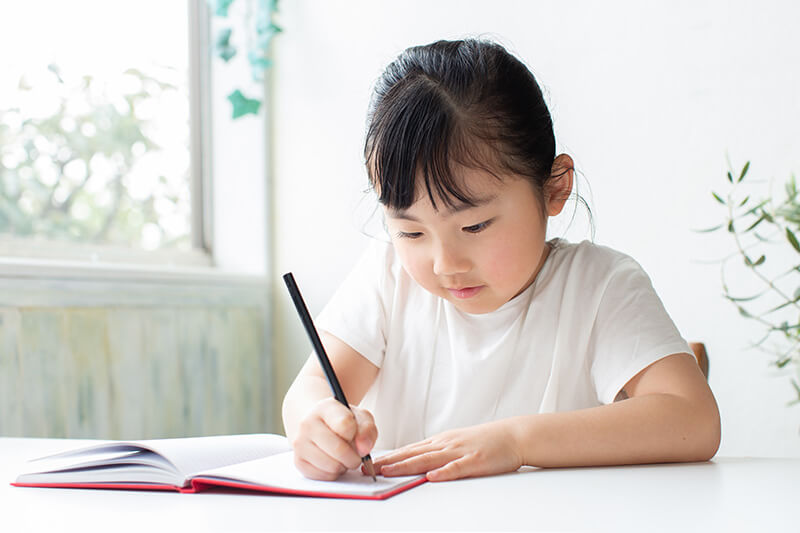
Dealing with a normal child can be challenging in itself, let alone one with a neurobiological disorder.
The thing about children with ADHD is that it’s important not to get frustrated.
You need to understand that your child is probably also experiencing great stress from their condition. People treat them differently and may even be unkind to them.
ADHD sufferers also have trouble forming relationships, so chances are your child may not have many friends, if at all.
So be patient when you’re dealing with their episodes. M
ake your home a safe and comforting environment where they know they are accepted and loved. ADHD may come with its downsides, but it also has its fair share of advantages as well.
If you play your cards right, your child may be well on their way to having a bright and promising future full of endless possibilities.
Disclaimer: The information provided in this article is for informational purposes only and should not be considered as medical advice from Motherhood. For any health-related concerns, it is advisable to consult with a qualified healthcare professional or medical practitioner.
For more insightful stories and fun recipes, stay tuned to Motherhood Story!
-
![img]()
Nutrition for Toddlers: Grains & Potatoes
Natasha
December 24, 2021
6 min
New mummies might wonder which grains and potatoes are great for toddlers. Grains and potatoes are known as important food intakes. Grains and potatoes are also rich in carbohydrates and commonly low in fat. However, not all grains and potatoes are great for your children.
Let’s discover which grains and potatoes are toddler-friendly, should be consumed in moderation, and avoided together, shall we?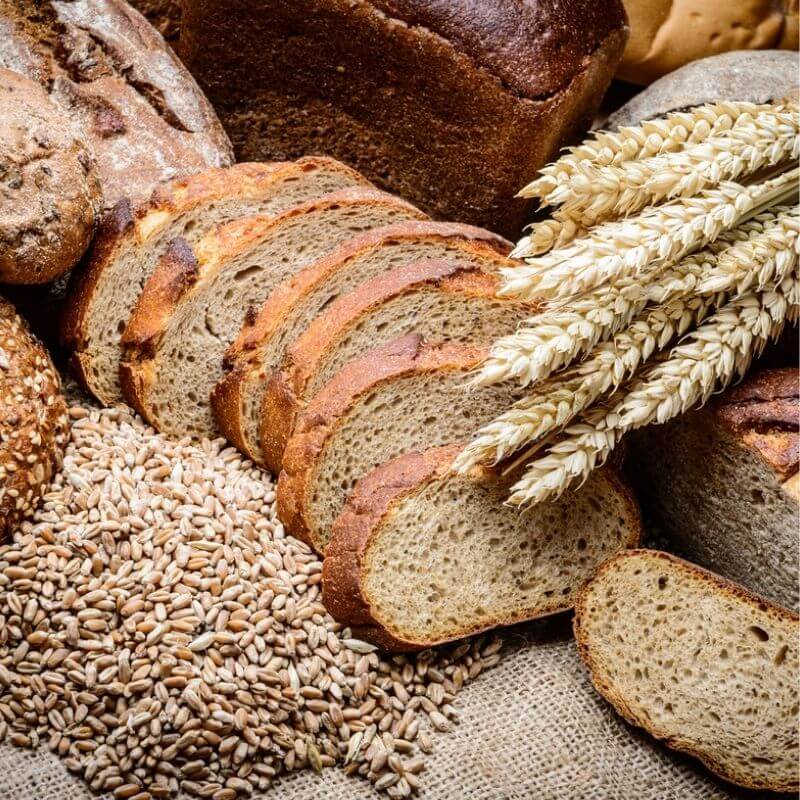
Safe Grains And Potatoes For Your Toddlers
Corn

Your toddler can consume corn. Corns have nutrients that can improve your toddler’s immune system and vision development. You can try to boil them thoroughly until the kernels are soft, which makes it safer for your toddler to eat.Black rice
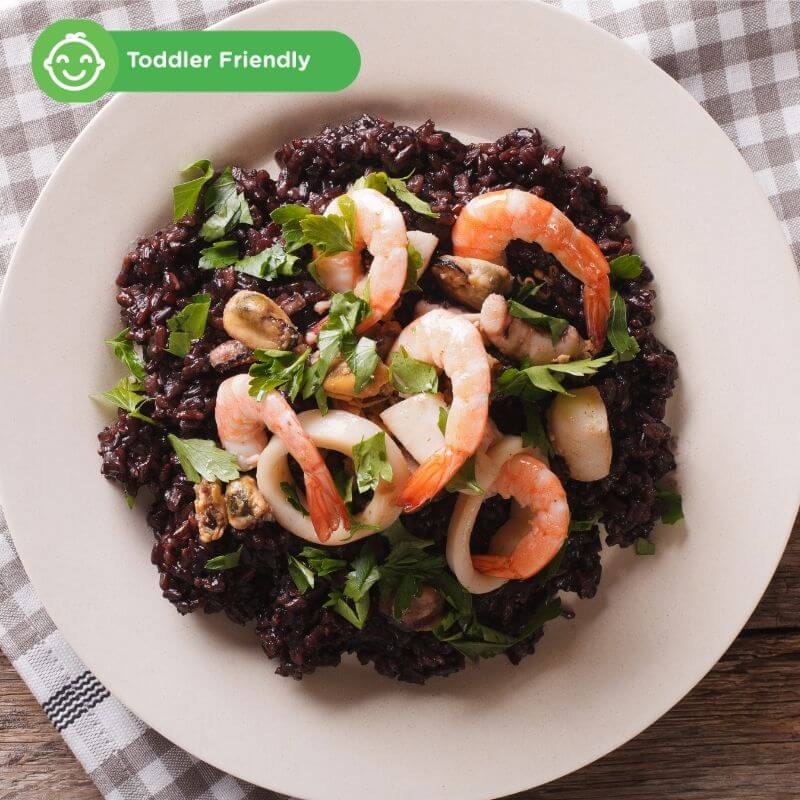
Black rice is safe for your toddler to eat. You can try to cook your black rice as soft as possible as it makes it easier for your toddler to digest them. Black rice is great food for your toddler. It is high in essential nutrients and antioxidants which can help to improve your toddler’s brain and bones development.Barley
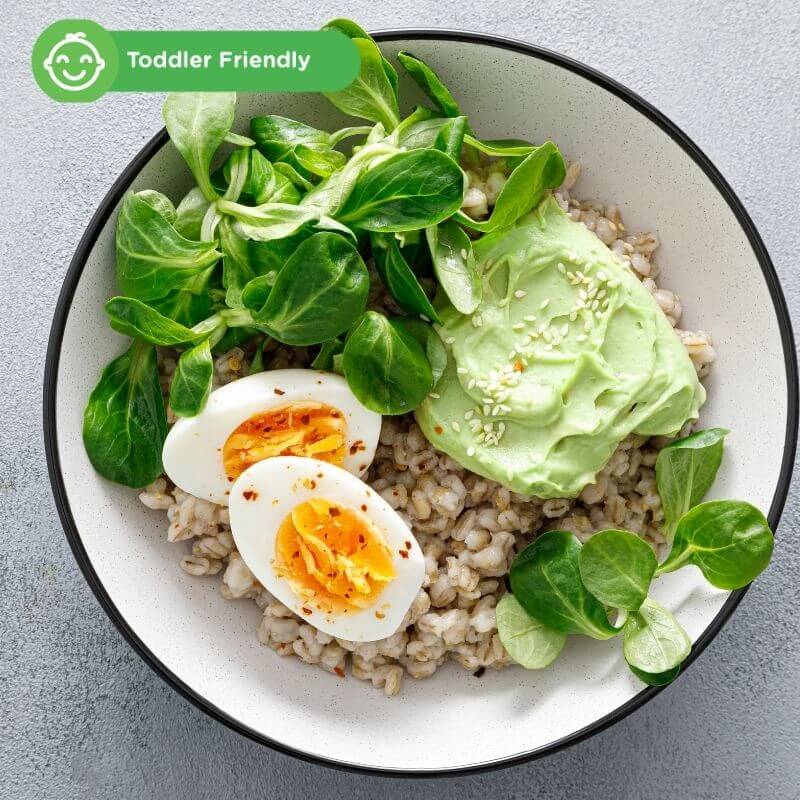
Your children can have some barley in their food. It is rich in beneficial nutrients and vitamins which are great for your toddler's physical development and growth. However, you need to ensure you cook it properly as it might be hard for your children to digest.Bread
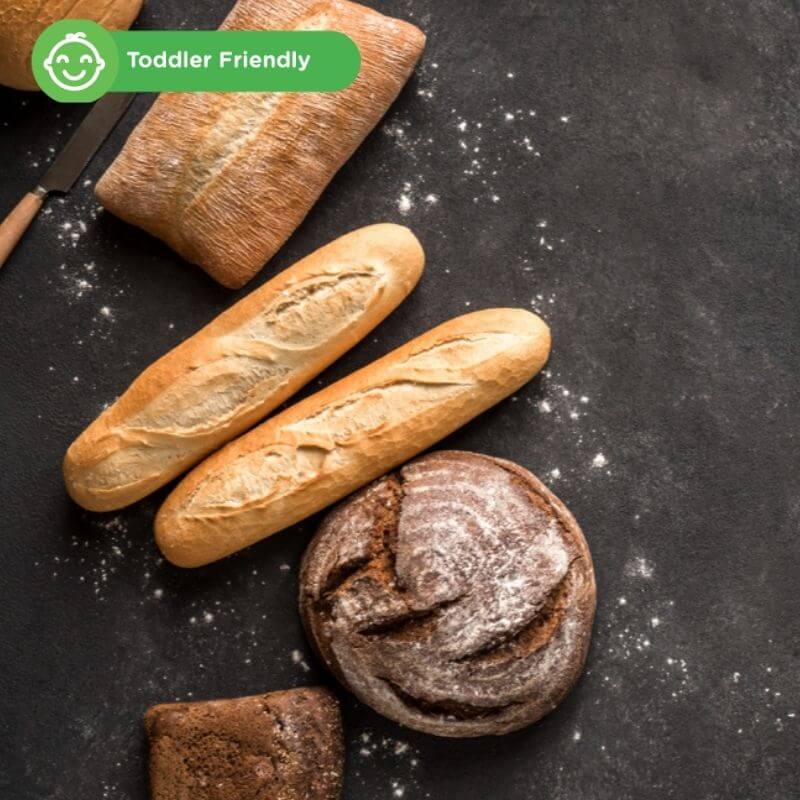
It is fine to feed your children with bread when they are 9-10 months old. Whole-grain bread can supply plenty of fibre to your toddler which is good for his digestion. At the same time, bread can also boost your toddler’s energy.Buckwheat
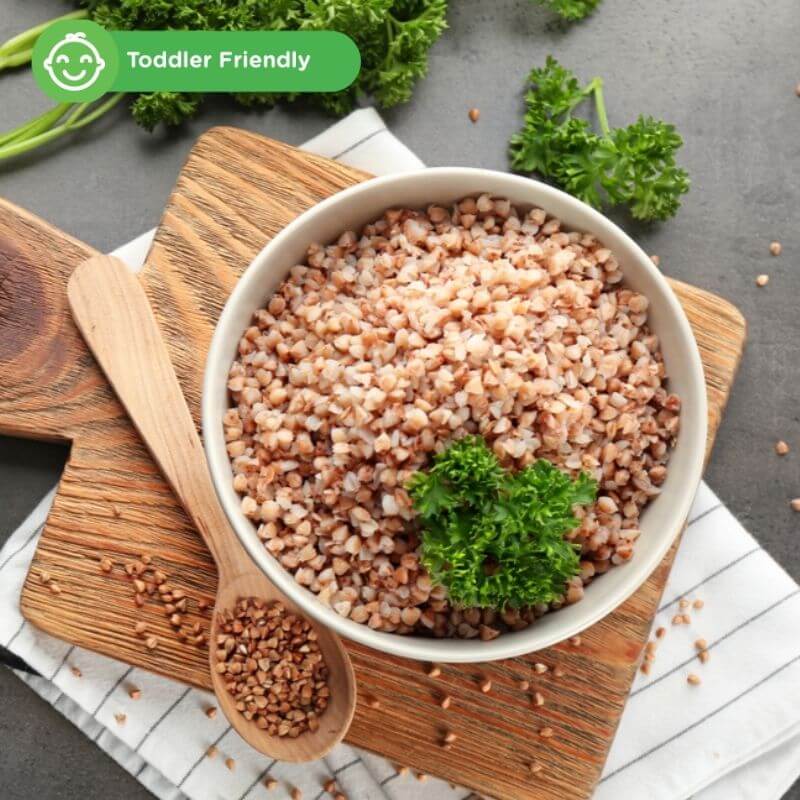
Next, you can try to give your child some buckwheat too. Buckwheat is rich in essential nutrients and antioxidants which are great to promote your toddler’s brain development. This nutrient-rich grain can also aid in healthy digestion and improve his immune system. Buckwheat is also low in cholesterol which is great for your toddler!Cereal
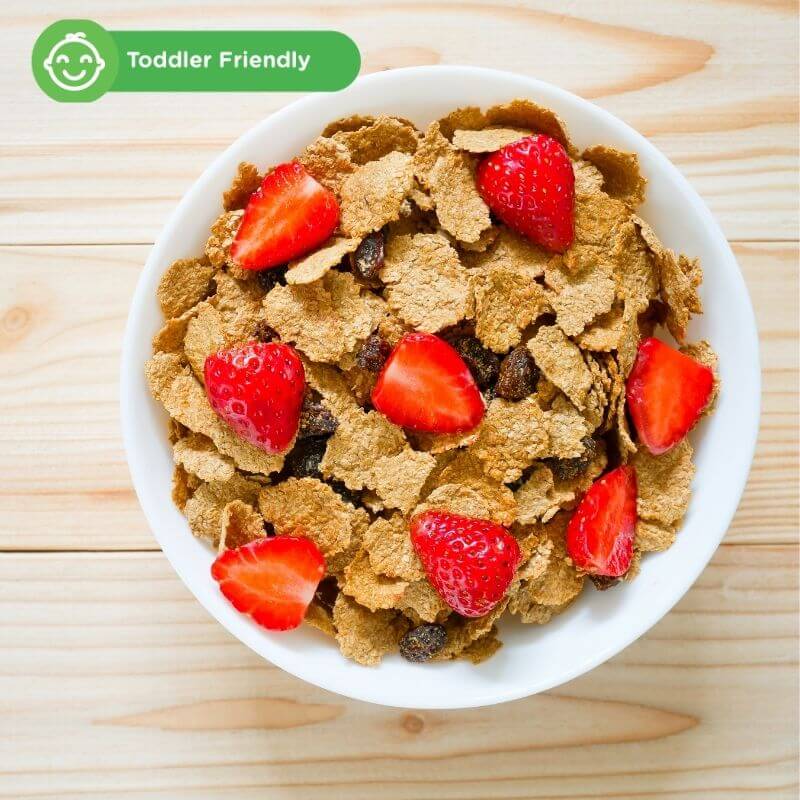
Your toddler can consume cereals in small amounts. You should try to feed your toddler the wholegrain cereals rather than the normal ones. Wholegrain cereals can improve your toddler’s digestion. New mummies may also try to avoid any extra sugar, creamer, or milk powder. You should try to add on your breast milk, formula milk and fresh fruits to his cereal instead, as it gives numerous nutrients!Millet
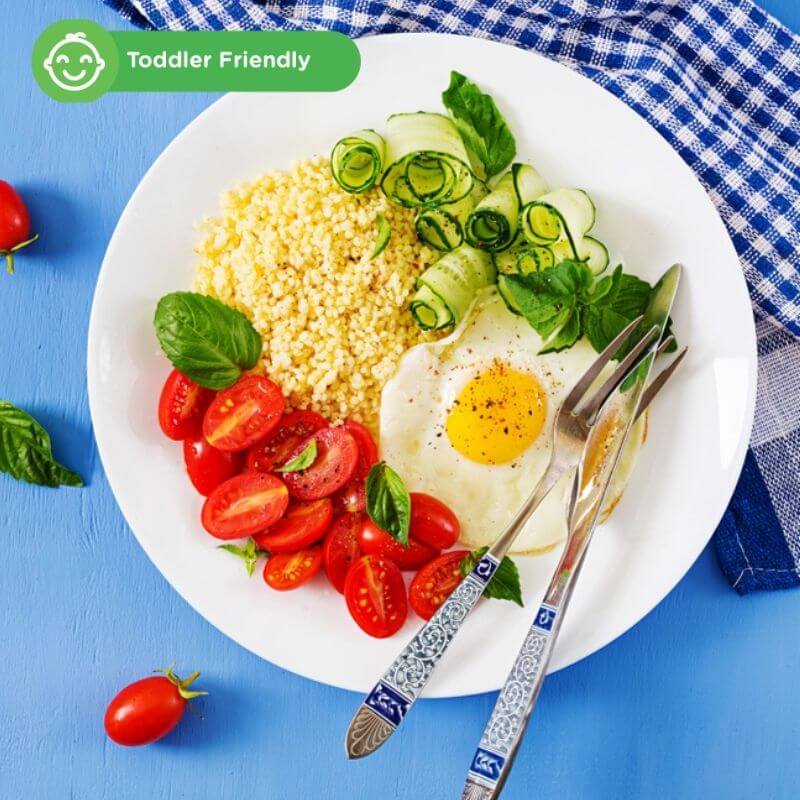
New mummies can try to feed their toddlers with millets. Millets can help to improve your toddler’s development and growth while being great energy boosters too!Noodles
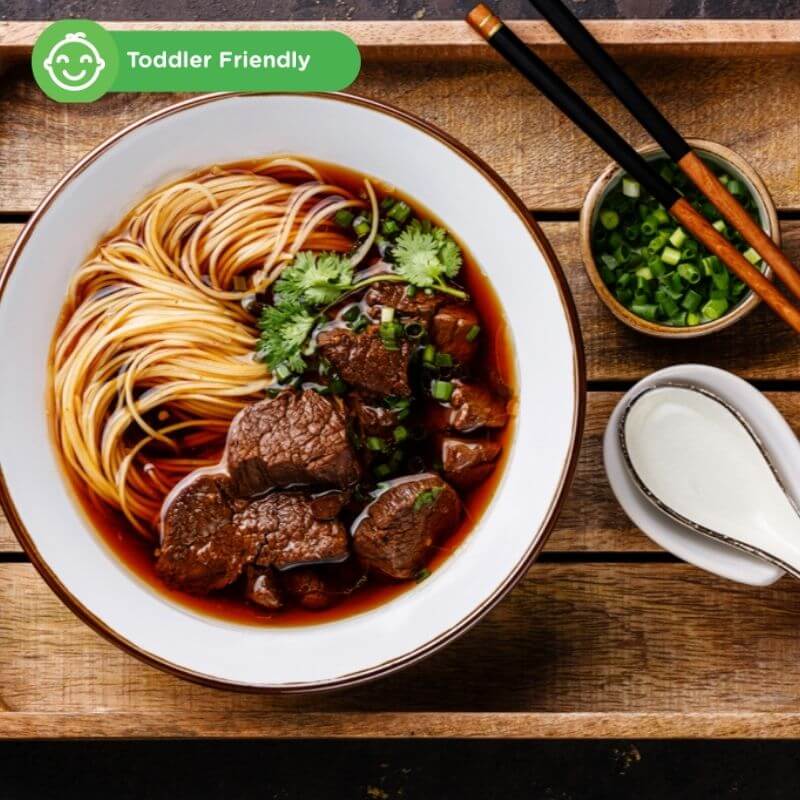
Your toddler is safe to consume noodles. You should try to cook the noodles as soft as you can to make it easier for your toddler to digest them. Additionally, you may also try to add less of any seasonings like salt and sugar. You should try to avoid feeding your toddlers with instant noodles as it contains a lot of preservatives, sodium, and fat. So, try to optimise homemade noodles rather than instant ones.Flat rice noodles
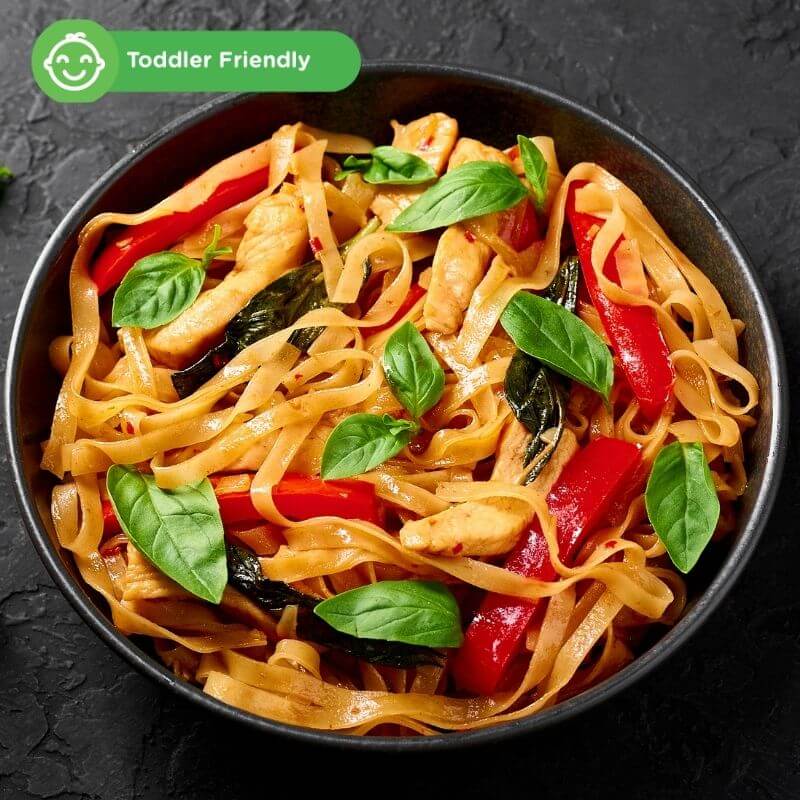
Mums can feed their toddlers with flat rice noodles too. They are high in carbohydrates which can supply your toddlers with energy and strength. However, they have little nutrients so you should try to cook them with more greens and meat.Oatmeal
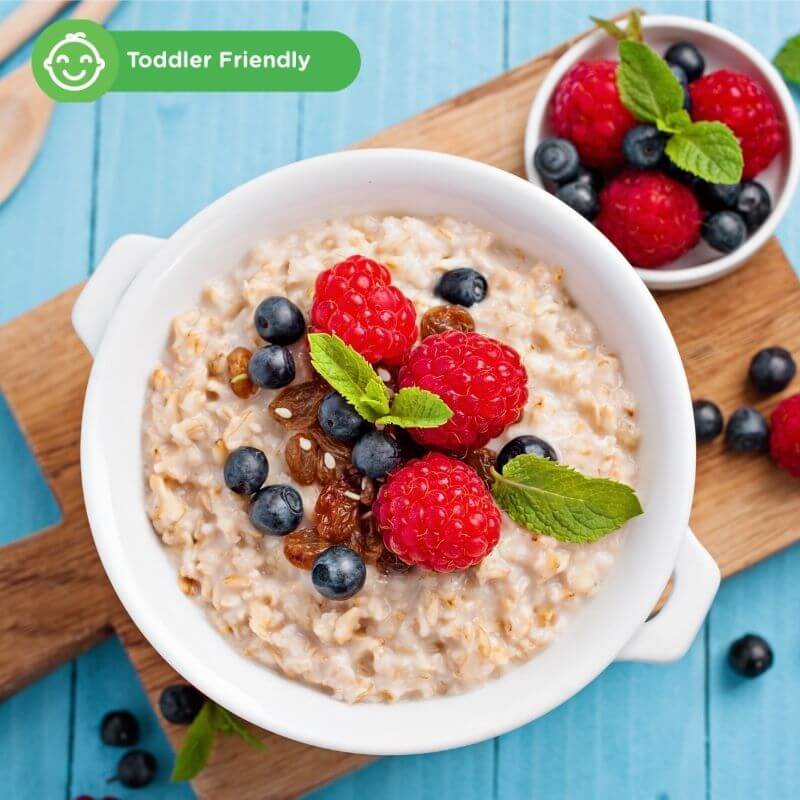
Your toddlers can also consume oatmeal. Oatmeal can help to develop your toddler’s growth and brain development. It is also good to boost your energy and prevent constipation.Vermicelli
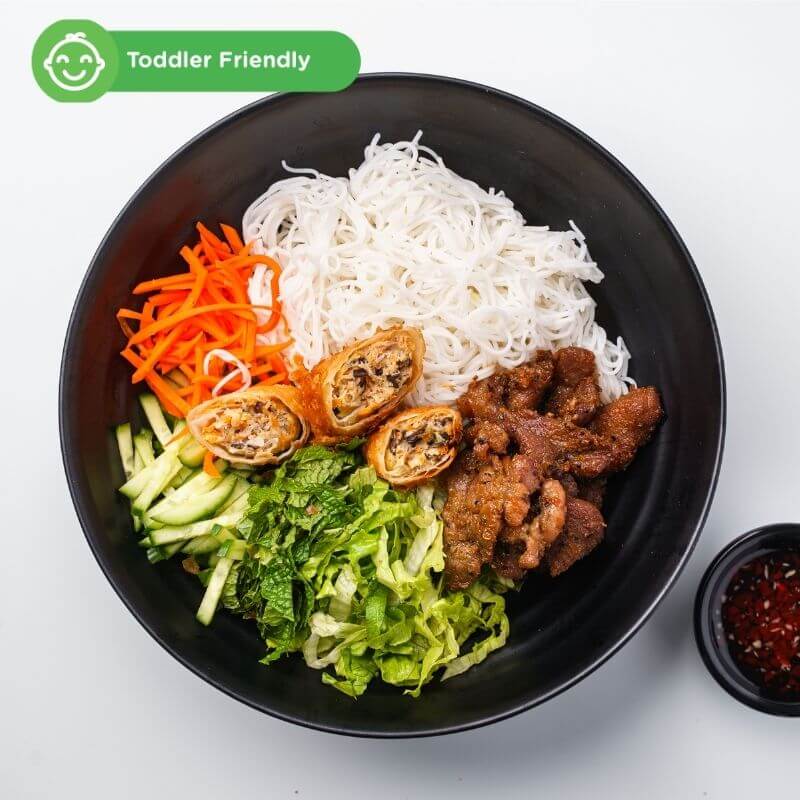
Mums can try to feed their toddlers with vermicelli. Vermicelli has nutrients that are great for your toddler’s development.Thai rice
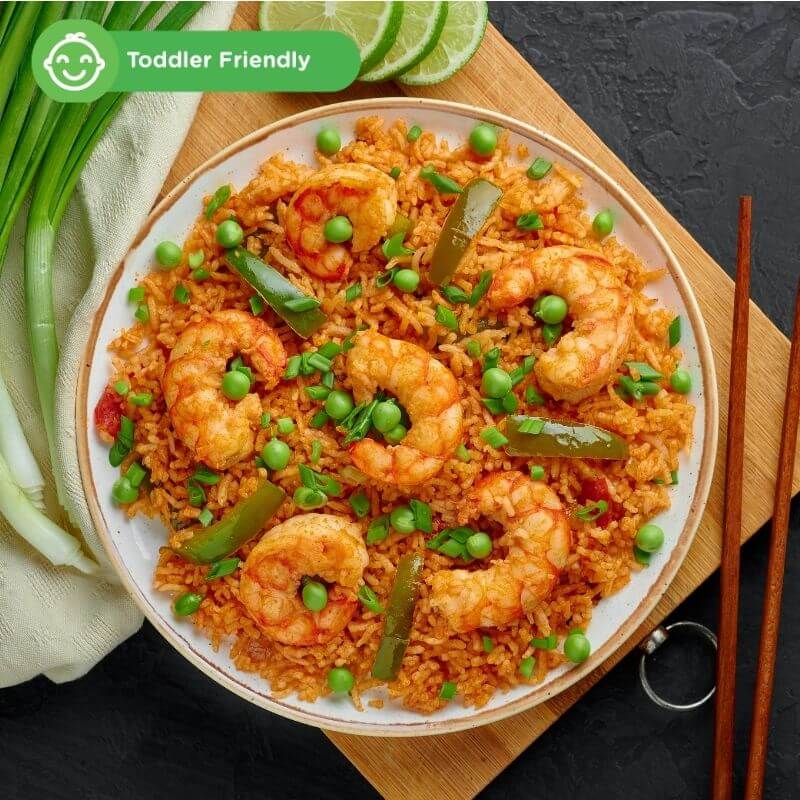
As long as your toddler has reached the age of 11 months old, you can try to feeding him some Thai rice. Thai rice can improve your toddler’s growth and development. In addition, it can also boost his energy and immune system.Sorghum
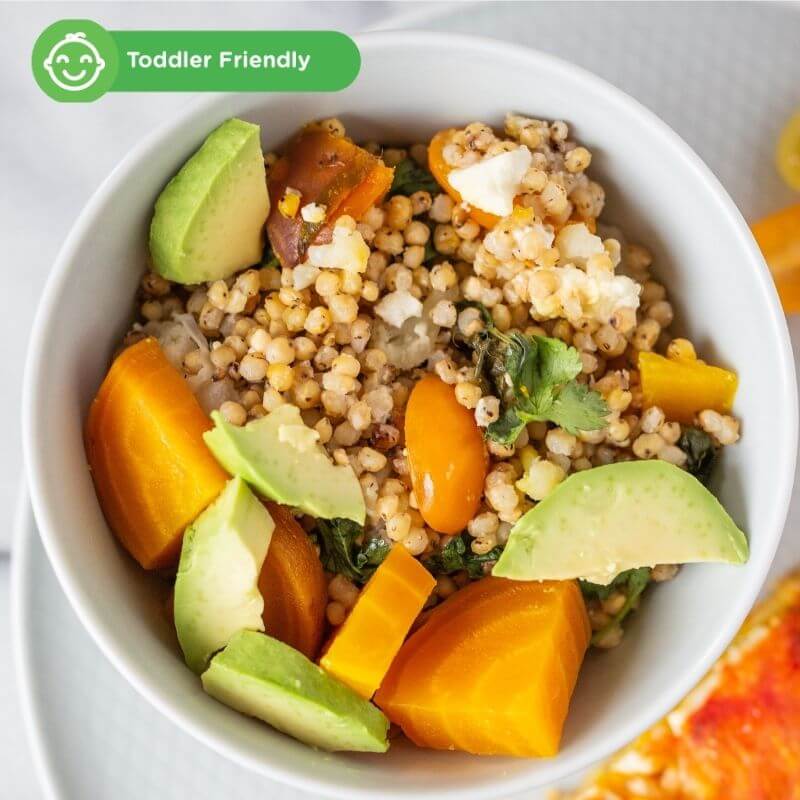
Toddlers can consume sorghum too. Sorghum is high in high-quality nutrients like vitamins and proteins. All of these are great for your toddler’s spinal cord and brain development. Mums can try to mix some of them with your rice porridge.Quinoa
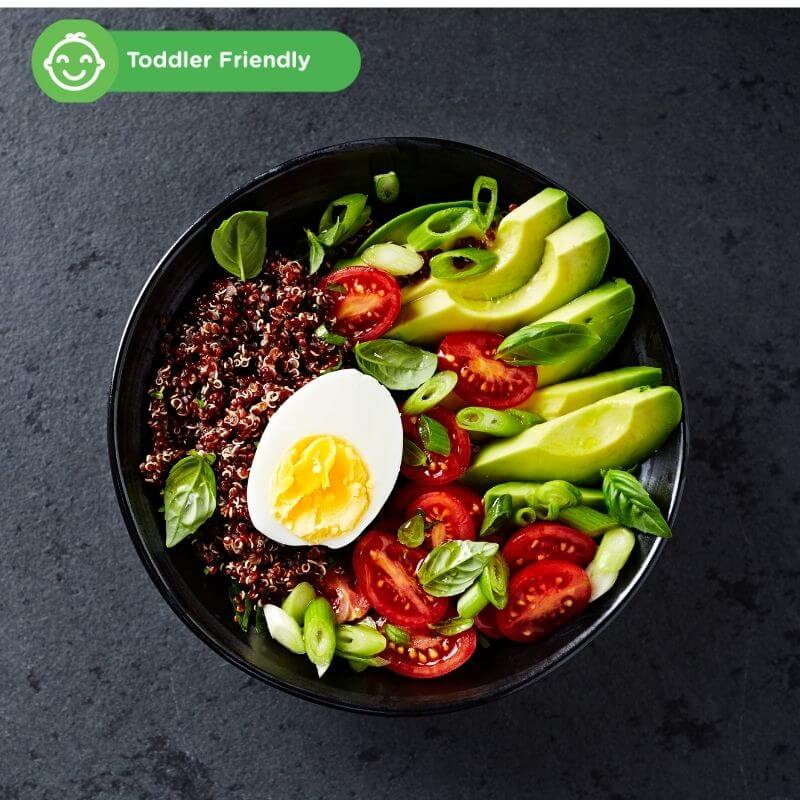
New mummies can feed their toddlers with quinoa. Quinoa is rich in nutrients that are great for your toddler’s brain and bones development. Not only that but quinoa is also great for your toddler’s digestive system.Sweet potato
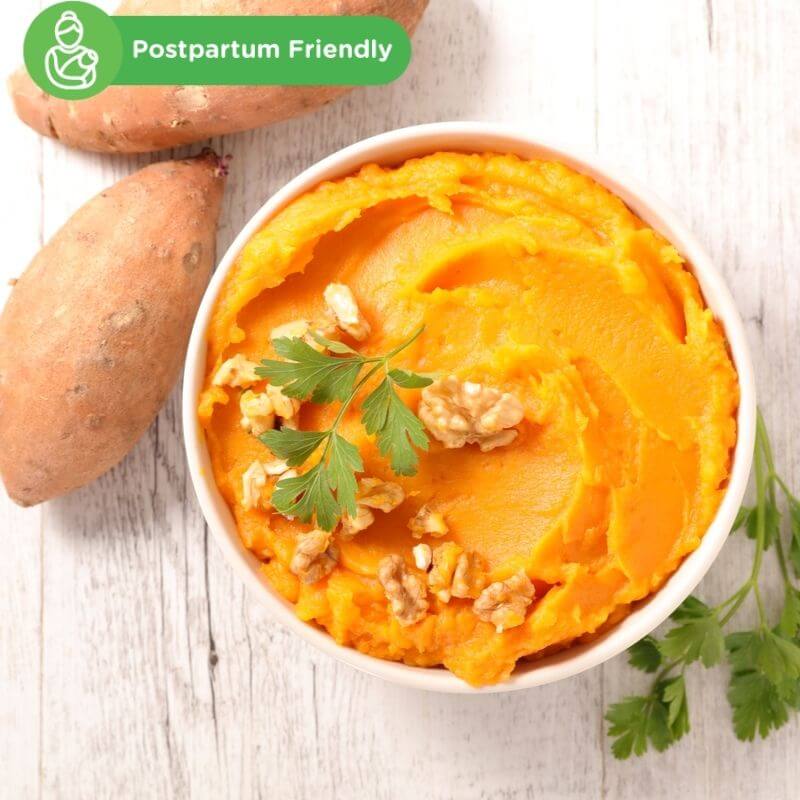
Your toddler may eat sweet potatoes in moderation. They are high in minerals and vitamins which are great for your toddler's development.Purple yam
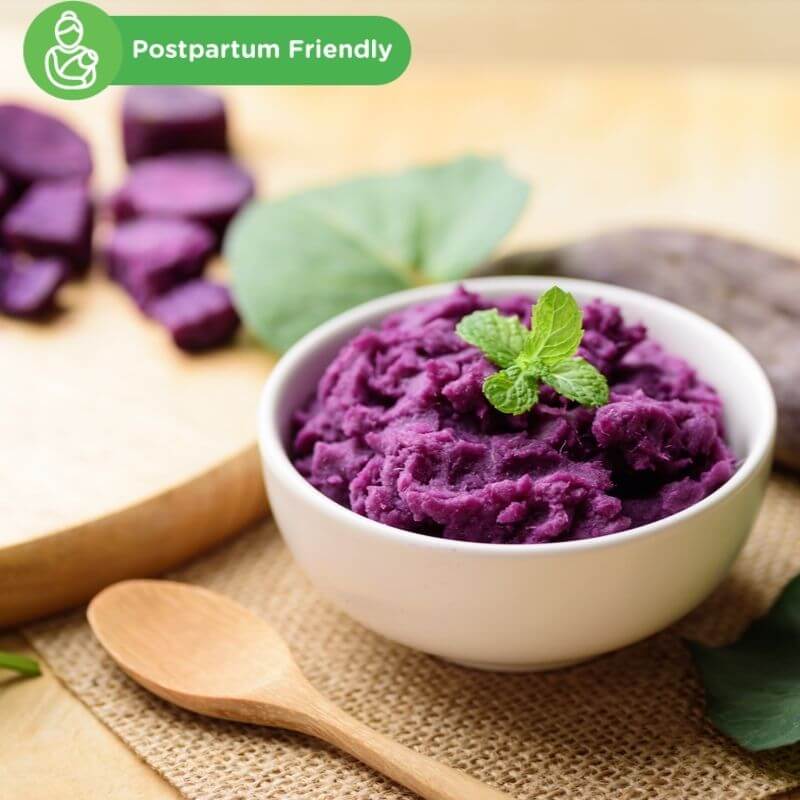
Your toddlers need to consume purple yams in moderate amounts as they are not easy to digest. You should try to boil or steam them until they are soft and mushy. Purple yams can help to improve your toddler’s vision and skin conditions. They can also boost your toddler’s immune system.Consume in Moderation
Glutinous rice

You may feed your toddler with glutinous rice in moderation. Gluttonous rice is rich in carbohydrates and natural sugar which can supply your toddler with energy. But, you need to be careful with it as it has a high levels of sugar. So remember to feed them in moderation. In addition, you should not feed your babies that are below the age of 11 months with glutinous rice as it is not suitable for them to eat.Tapioca
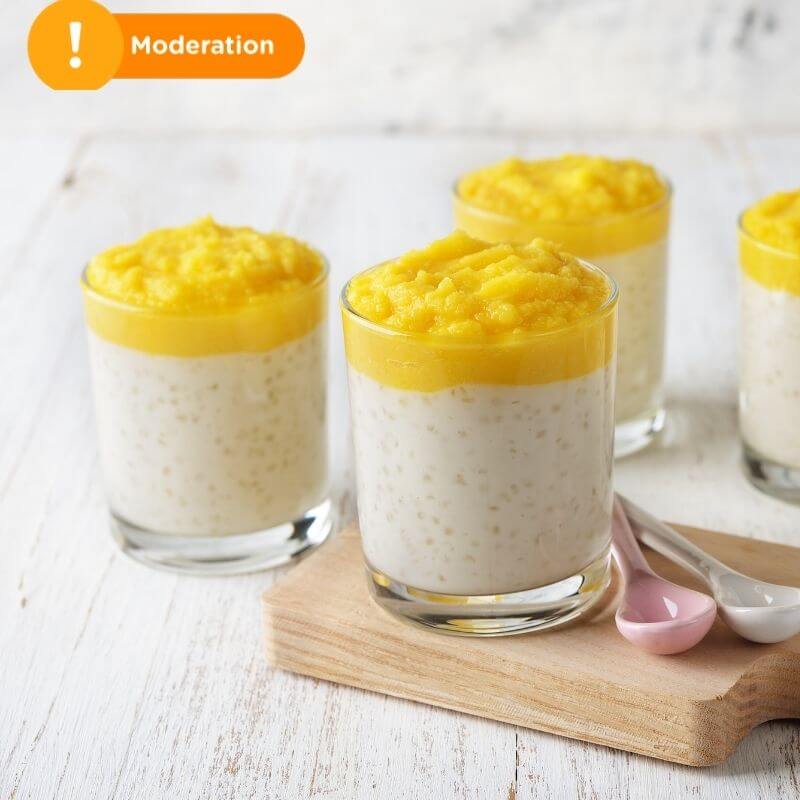
Your toddler needs to consume tapioca in moderate quantities. Tapioca is rich in nutrients which can boost your toddler’s energy and immune system. It can also aid your toddler’s brain development. You should avoid feeding your children undercooked tapioca. Additionally, you should also refrain from feeding them to your baby below the age of 11 months.Avoid These Grains and Potatoes
Job’s tear
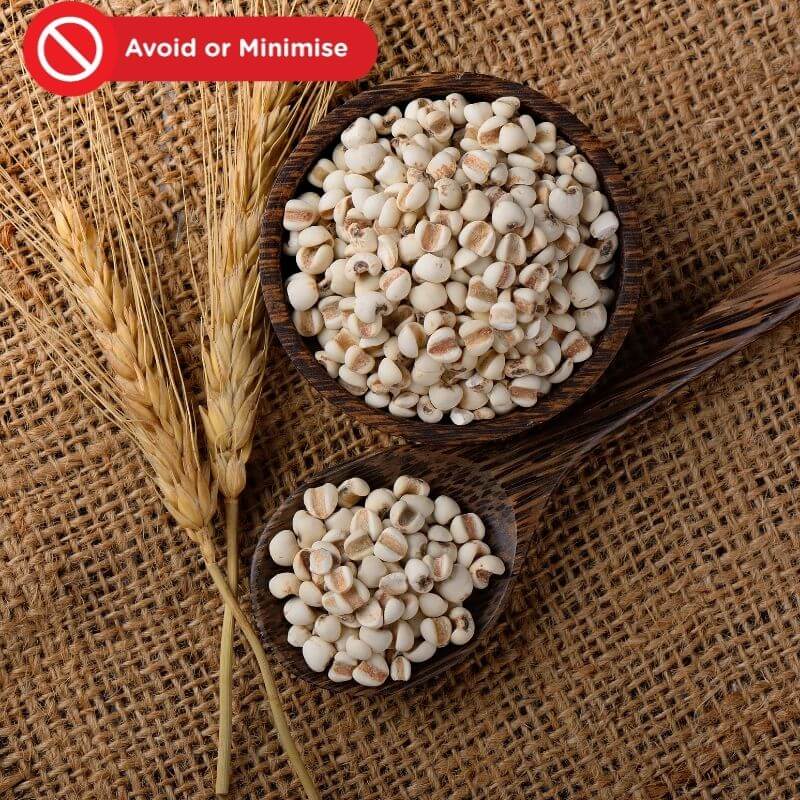
New mums should not feed their children with job’s tears. Especially if your children are under the ages of 11 months. This is because it might cause your toddler indigestion.Cassava

Your toddlers cannot consume cassava. Especially if your children are below the age of 11 months.Potato chips
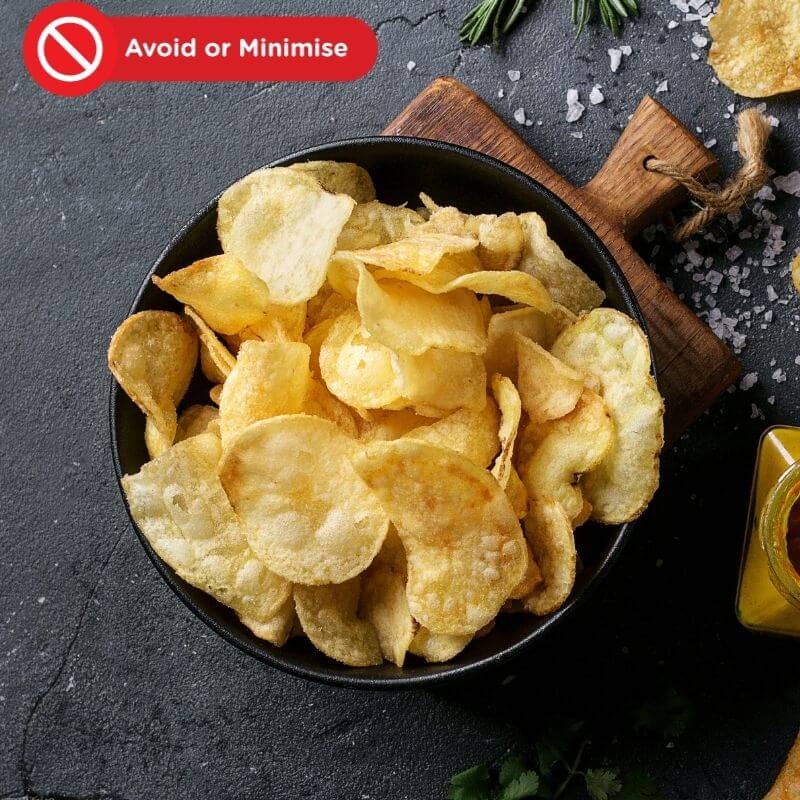
Mummies should refrain their toddlers from eating potato chips. They have a lot of saturated fat which can fill your toddler up with unhealthy foods.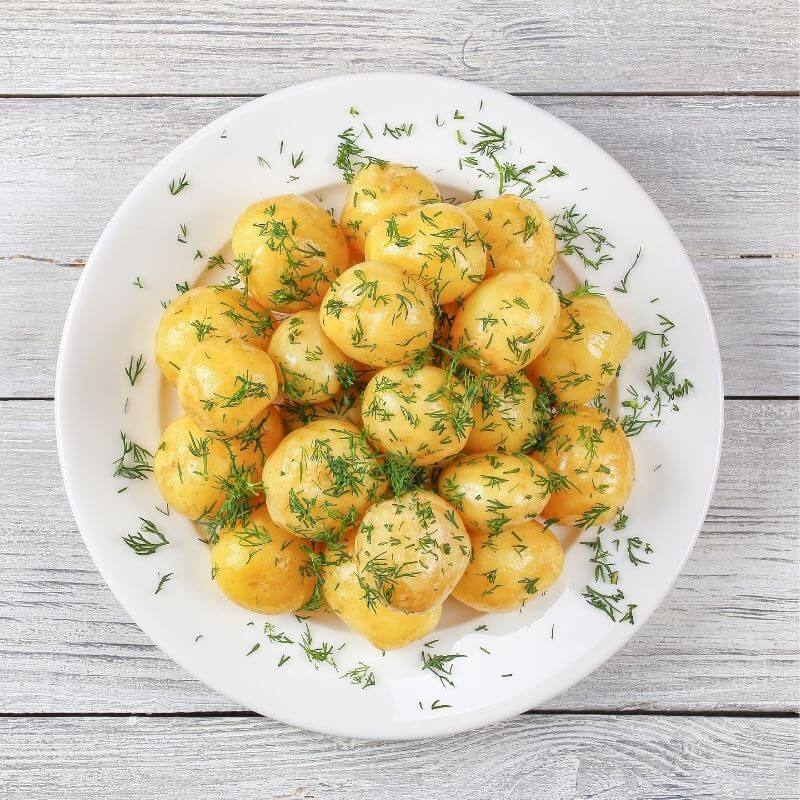
Your toddlers need to consume healthy grains and potatoes!
Now that you know which are safe for your toddler's consumption, do keep in mind to only feed him healthy grains and potatoes. This will ensure your child reap the many beneficial nutrients from them. Just remember to teach healthy eating habits to your children at an early age. This ensures your toddler's healthy growth into adulthood.
Sources:- https://www.cdc.gov/nutrition/infantandtoddlernutrition/index.html
- https://www.hsph.harvard.edu/nutritionsource/kids-healthy-eating-plate/
- https://www.yummytoddlerfood.com/100-foods-for-toddlers/
Discover the top 8 rules of your child’s nutrition here.
Check out which beverages are toddler-friendly and which should be avoided here.
Disclaimer: The information provided in this article is for informational purposes only and should not be considered as medical advice from Motherhood. For any health-related concerns, it is advisable to consult with a qualified healthcare professional or medical practitioner.
For more insightful stories and fun recipes, stay tuned to Motherhood Story!
Navigation
Our menu boxes are very flexible and easy to use




